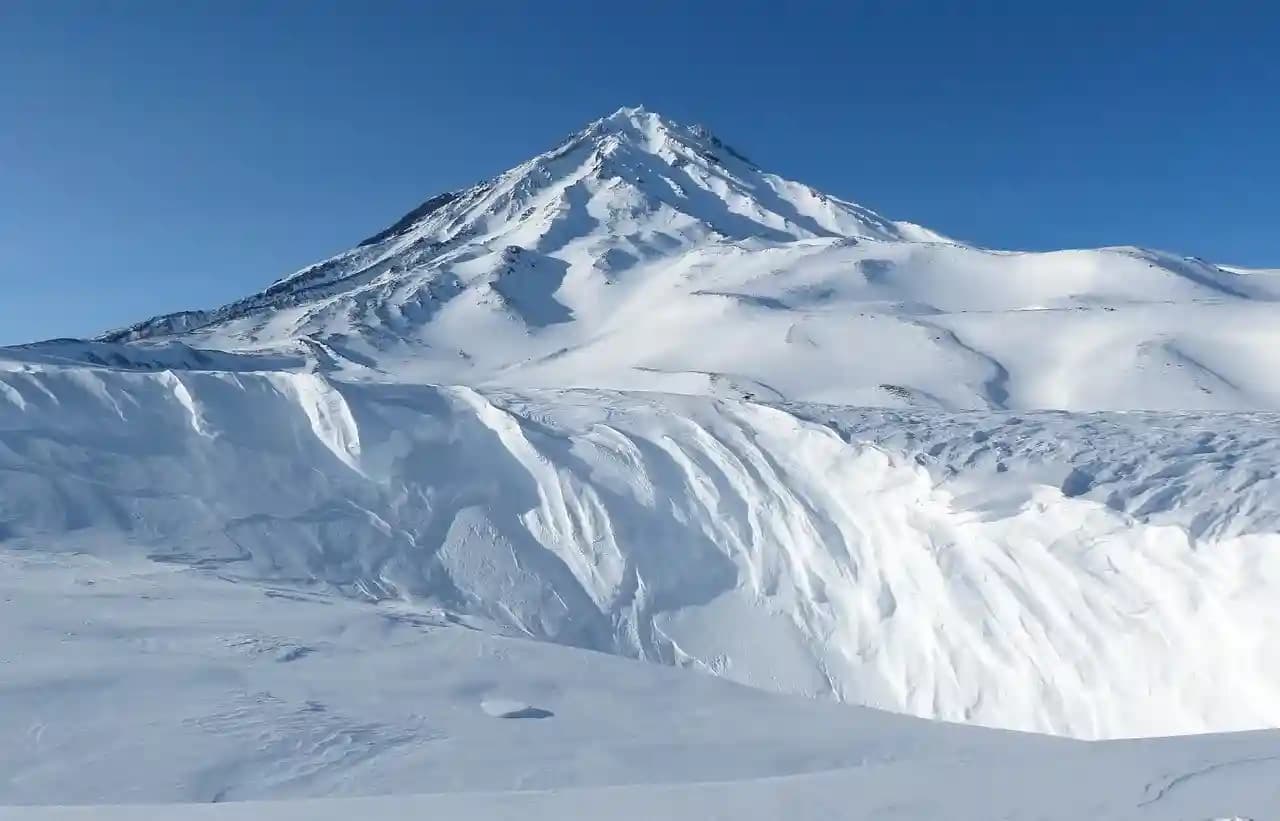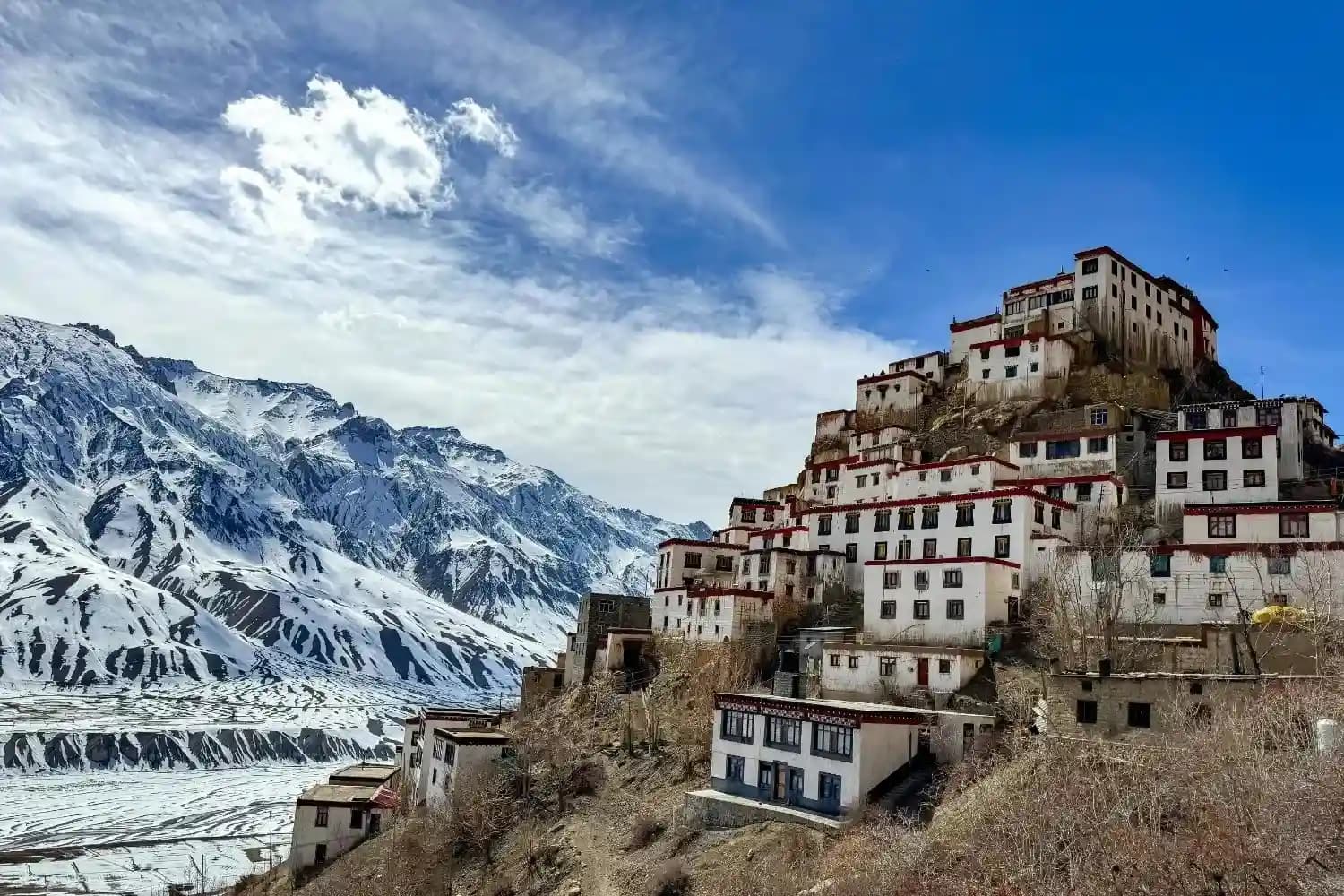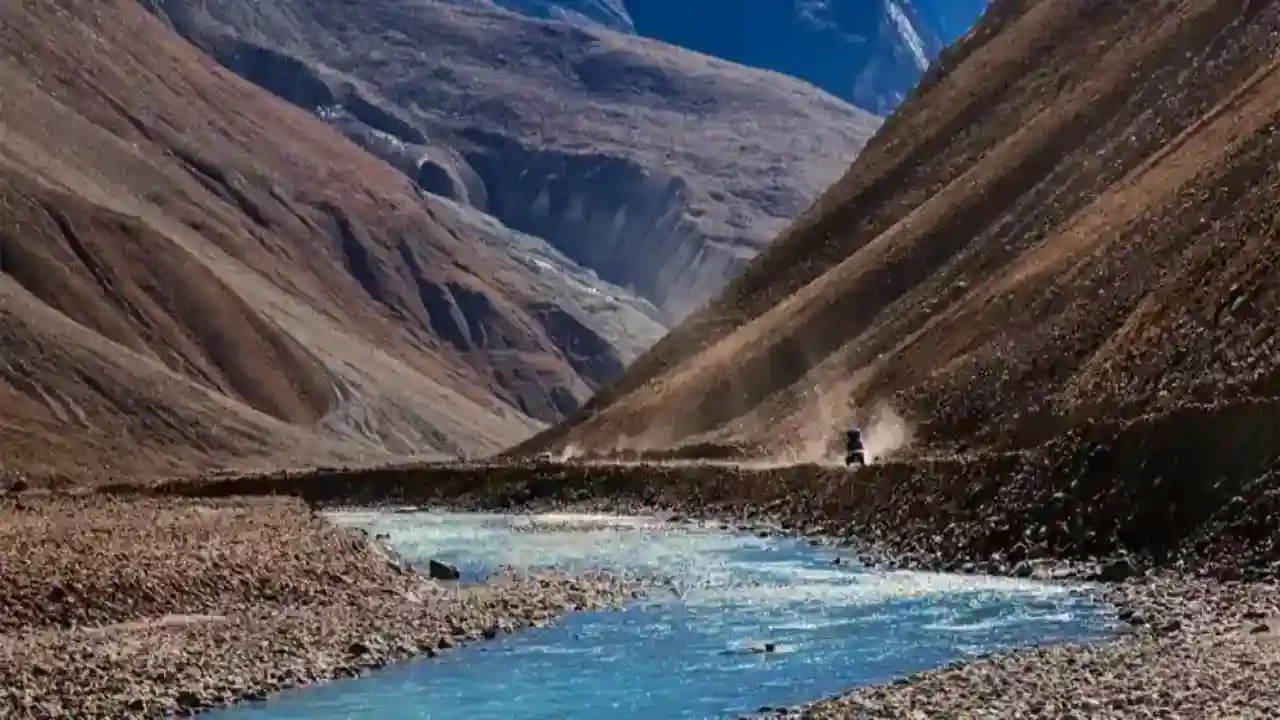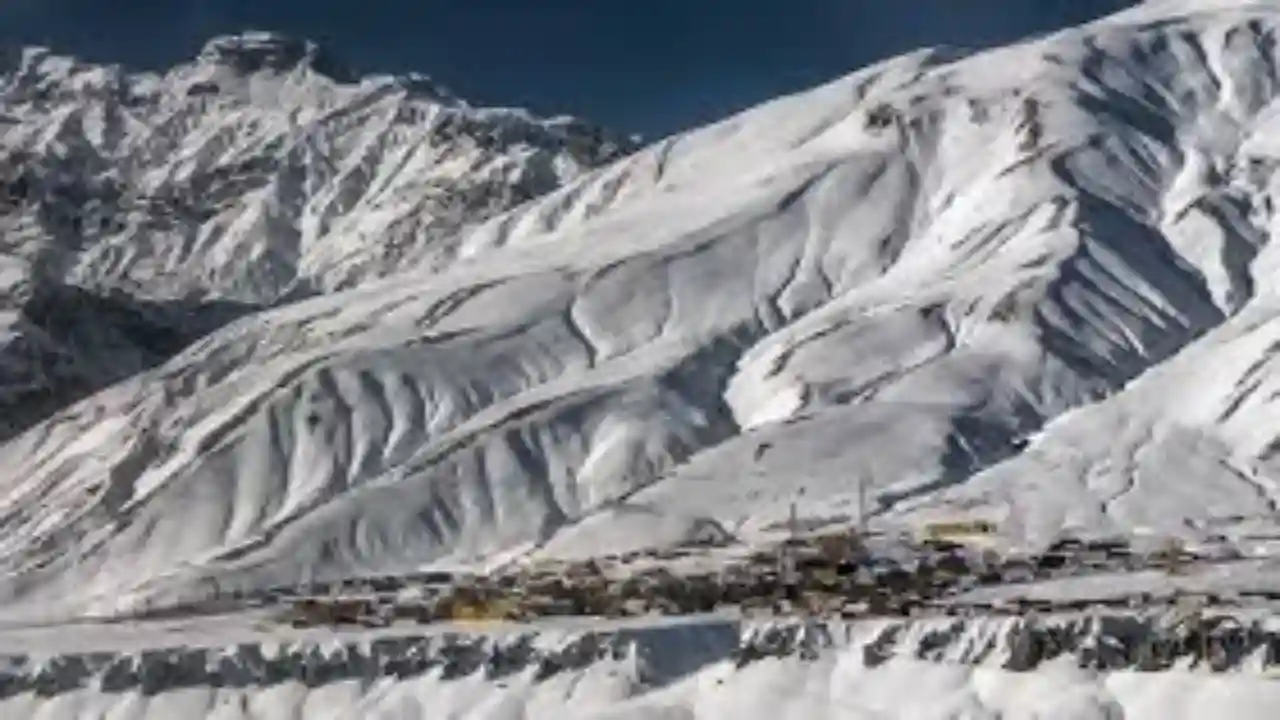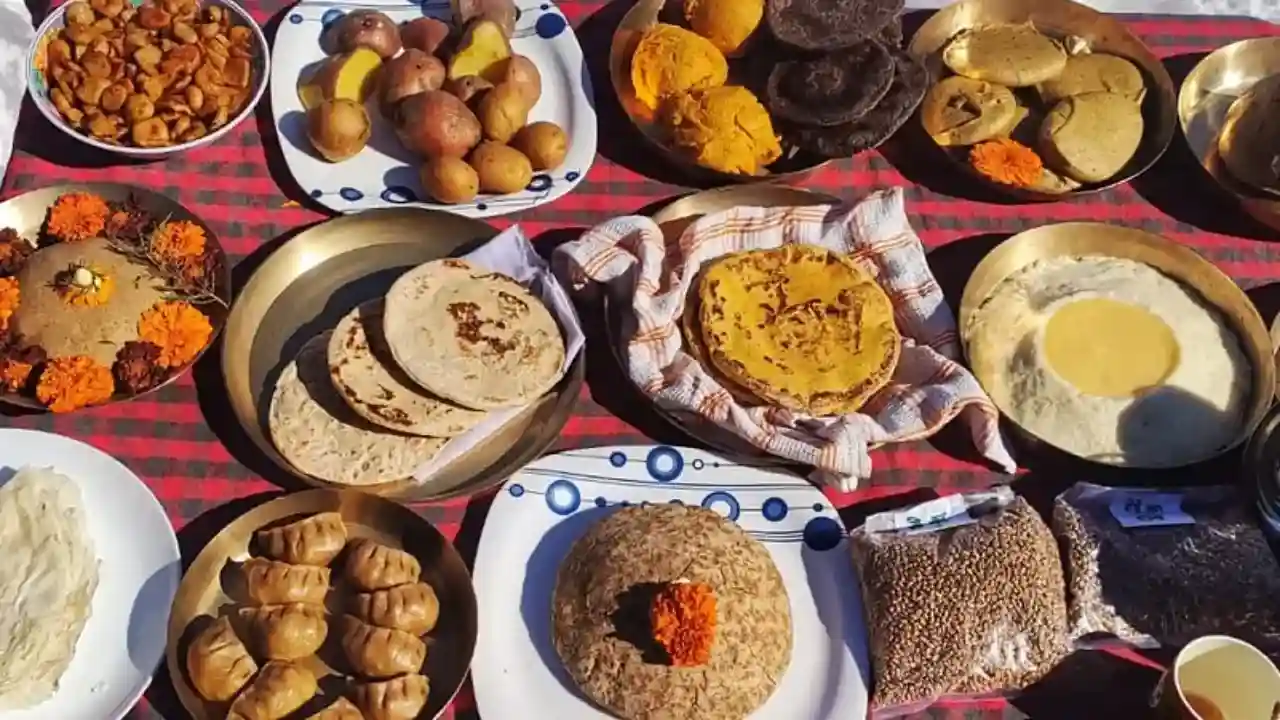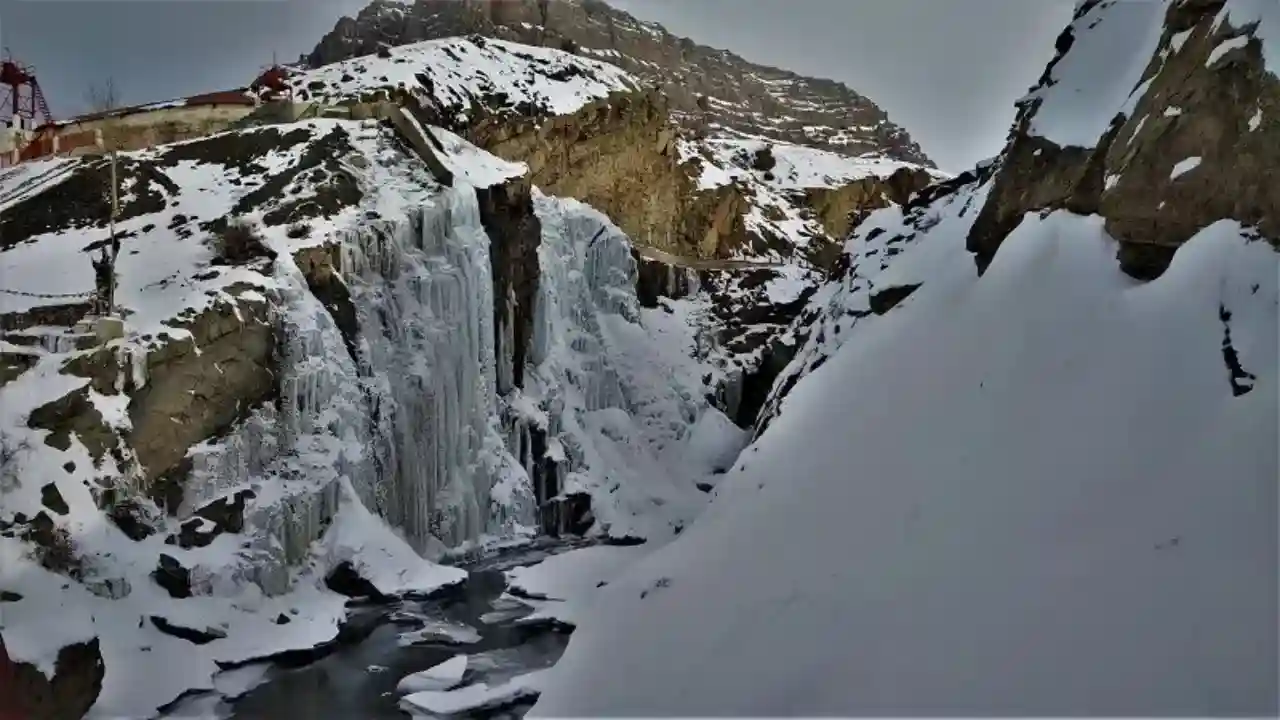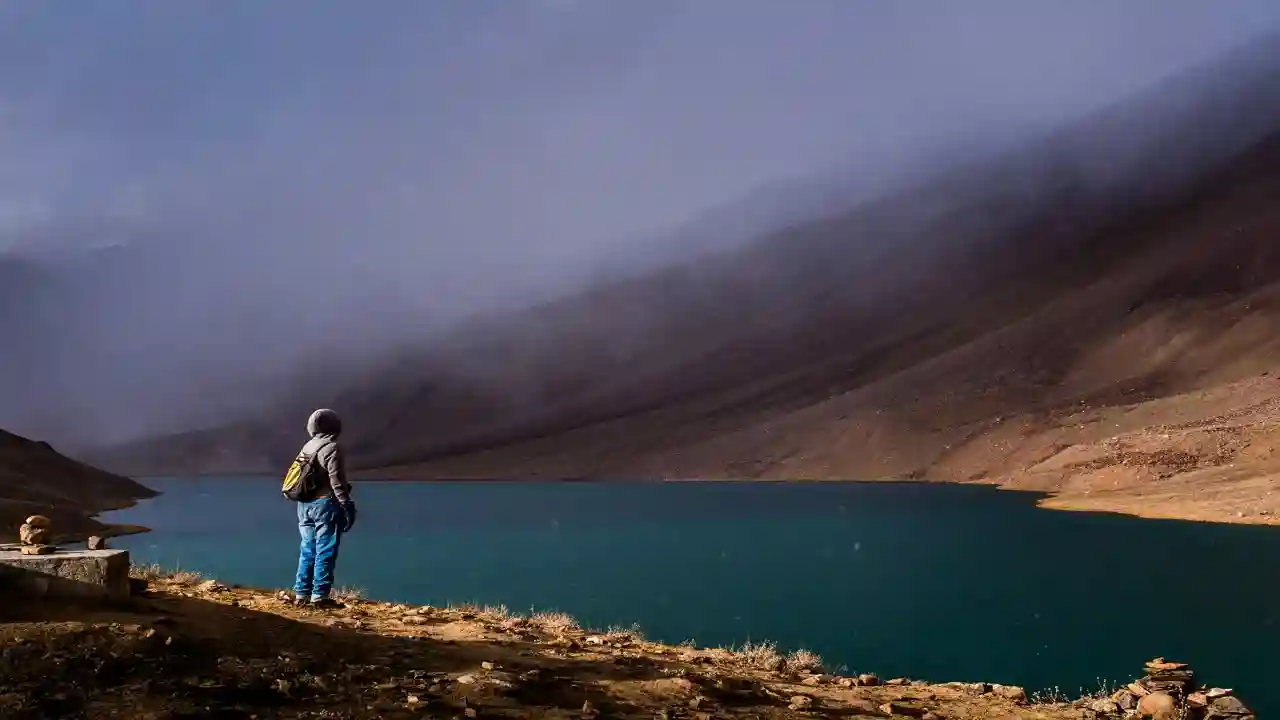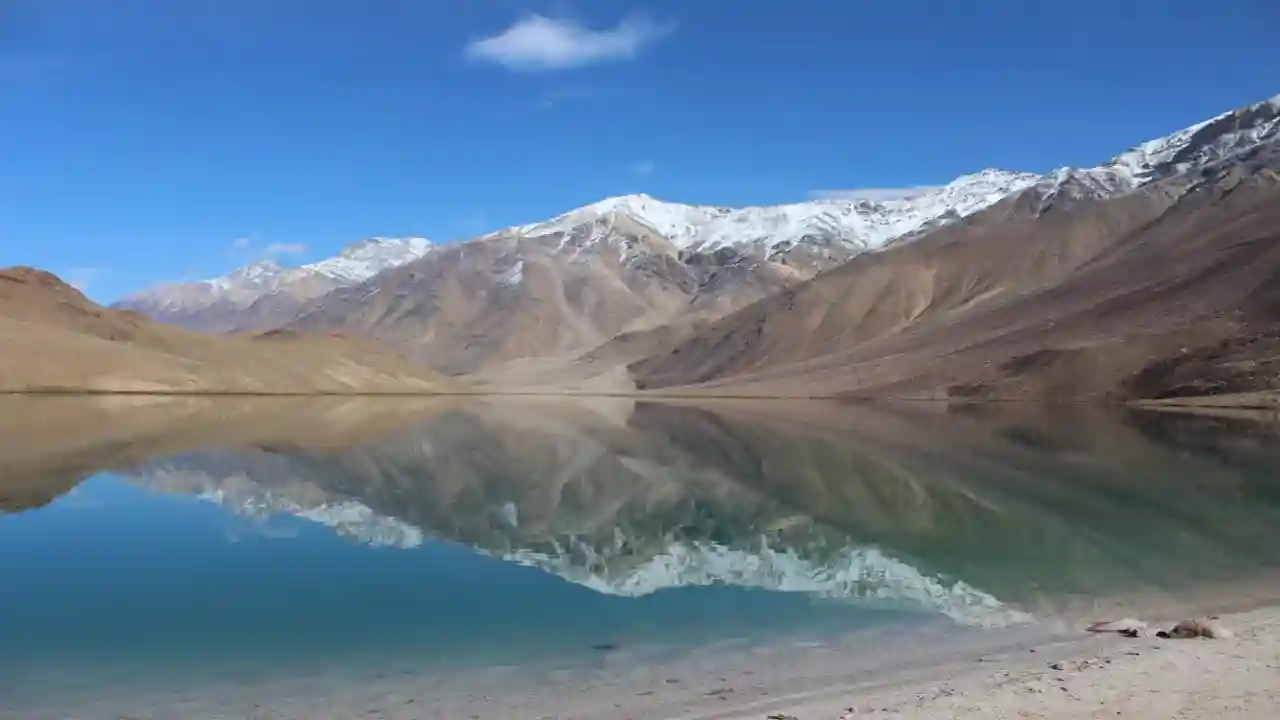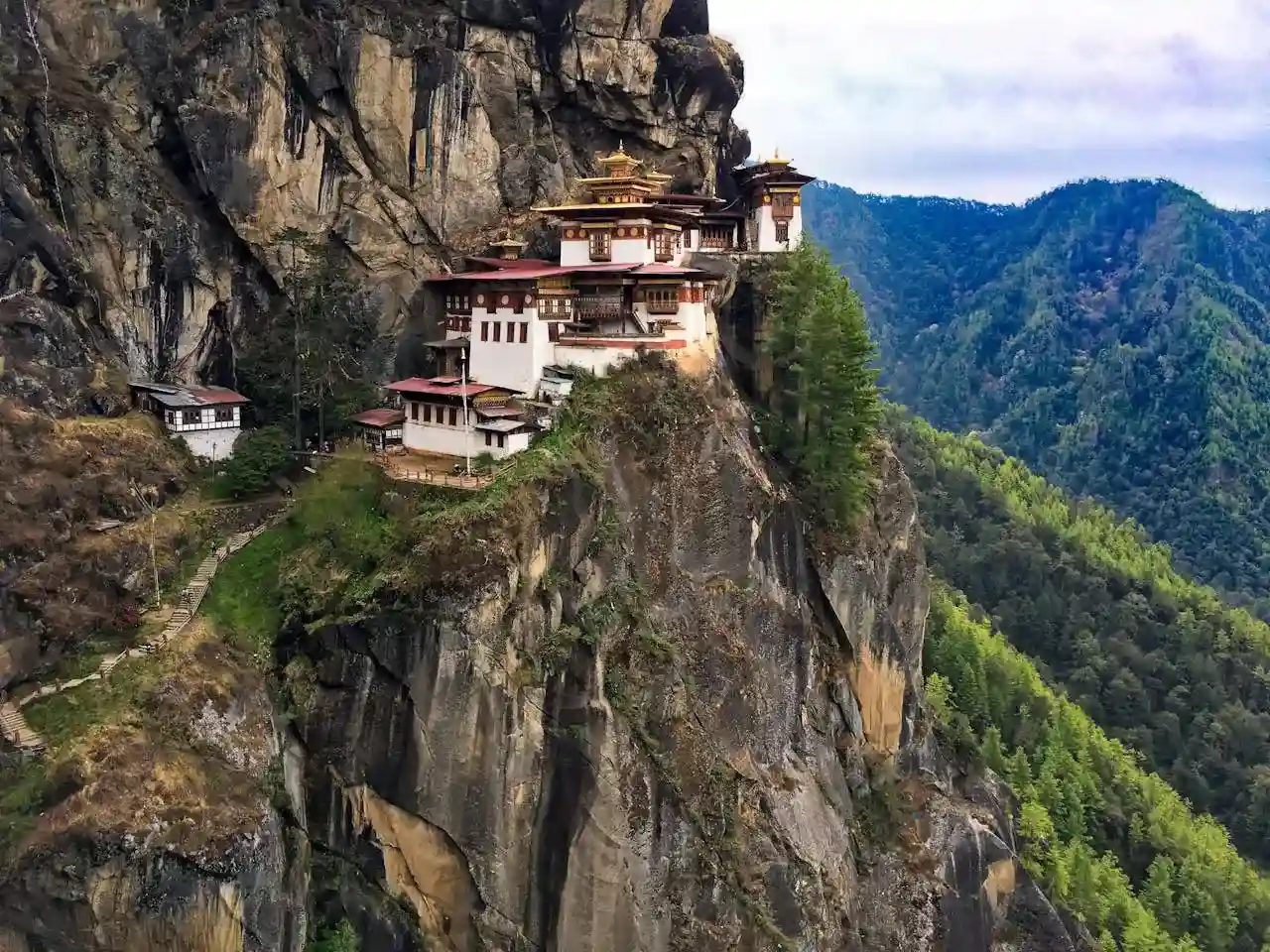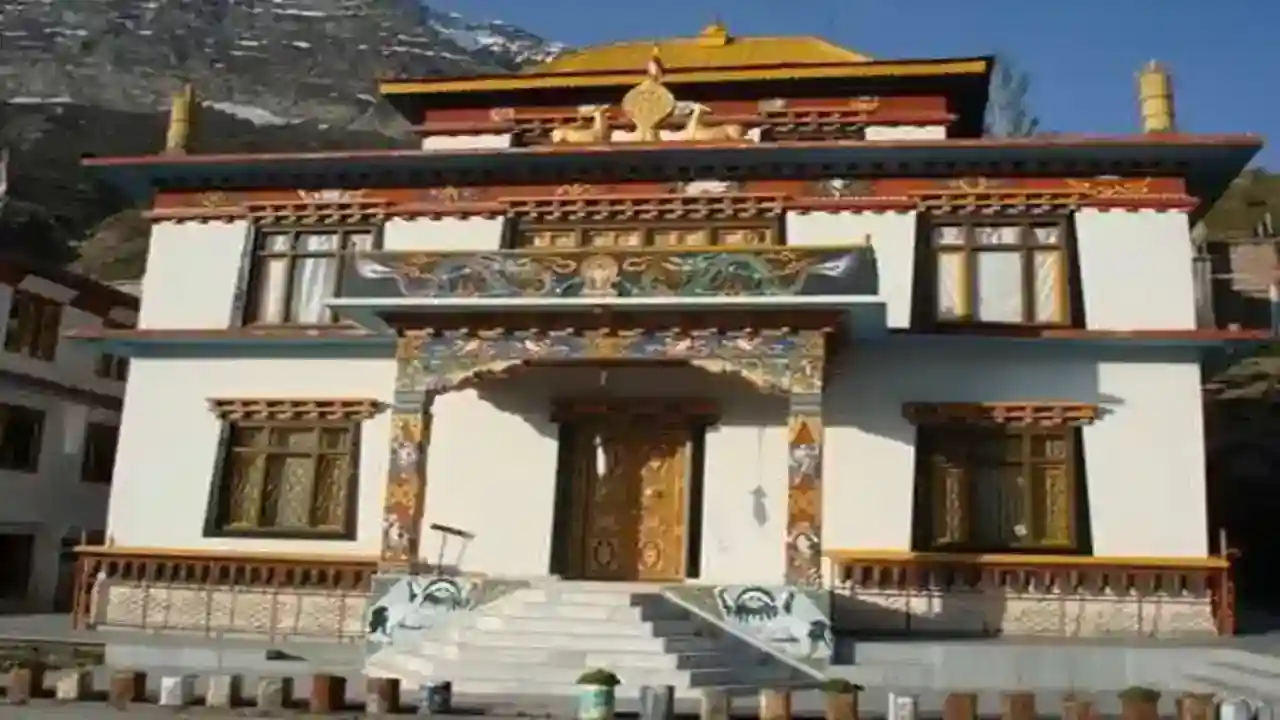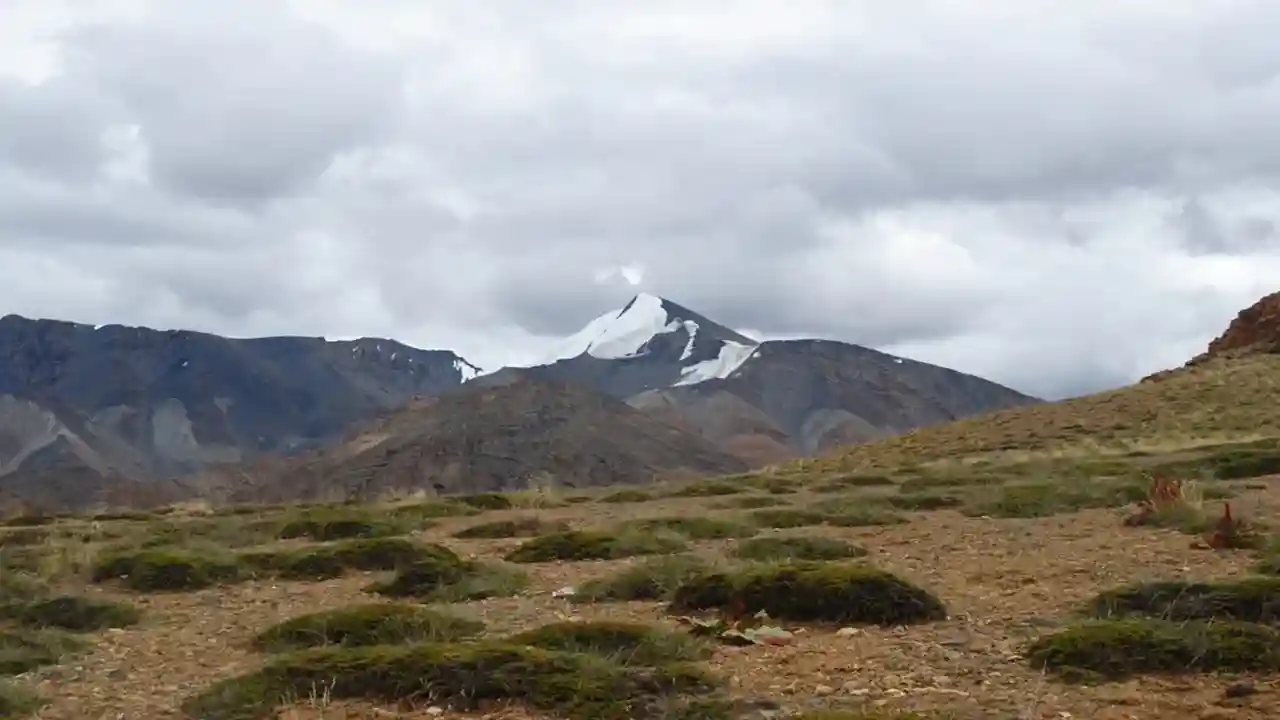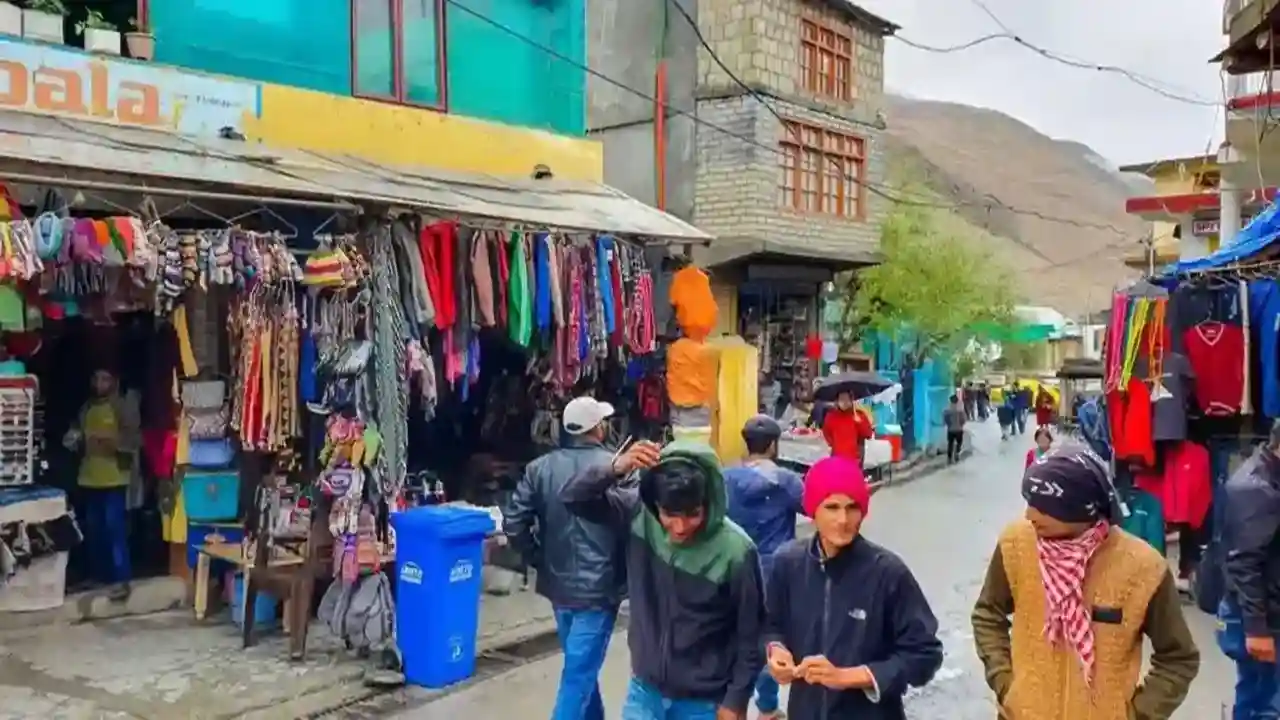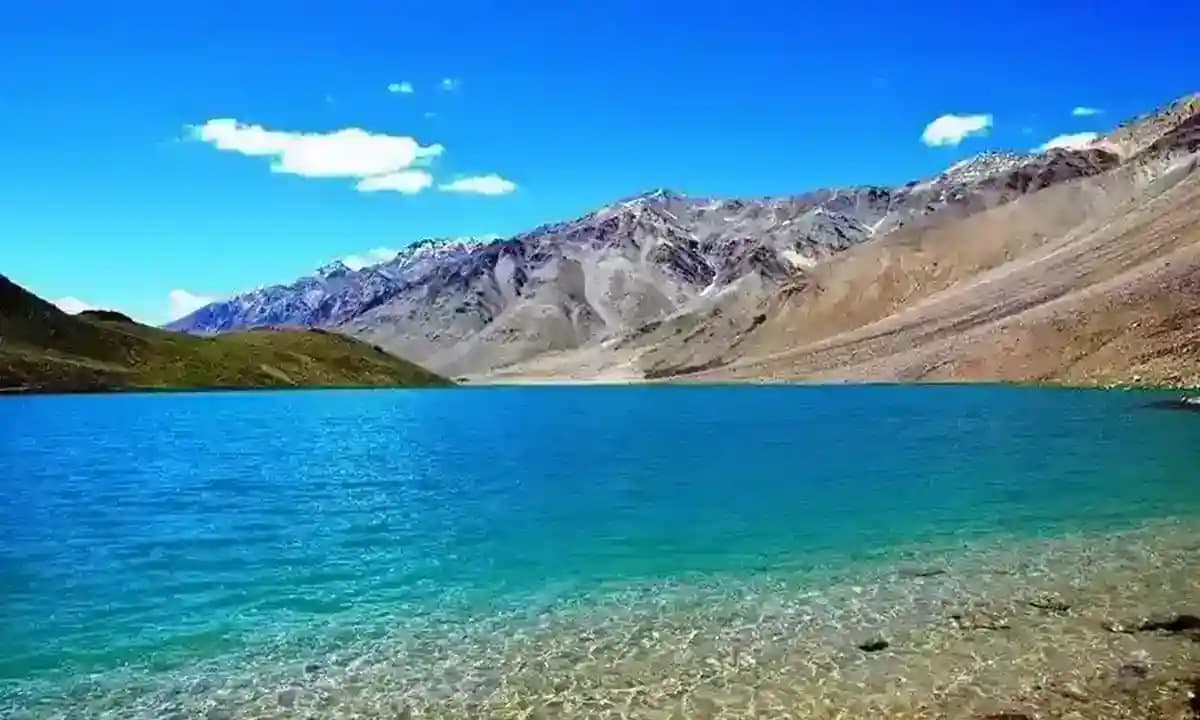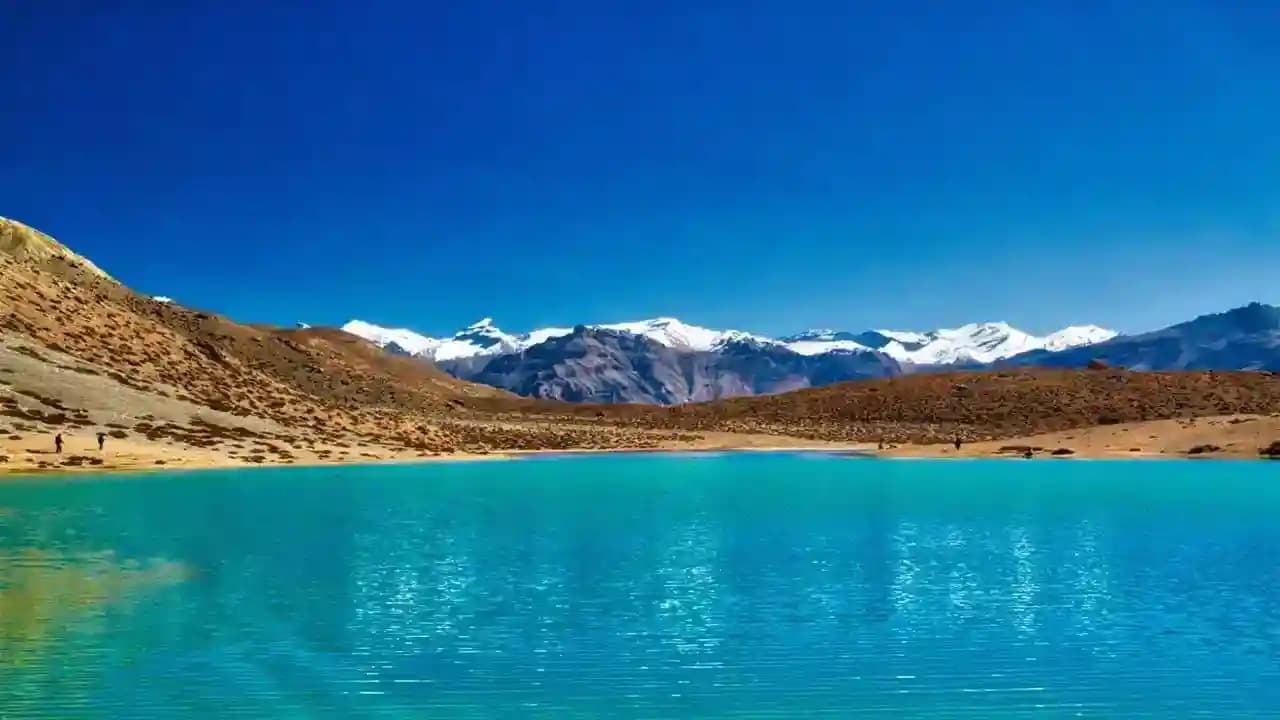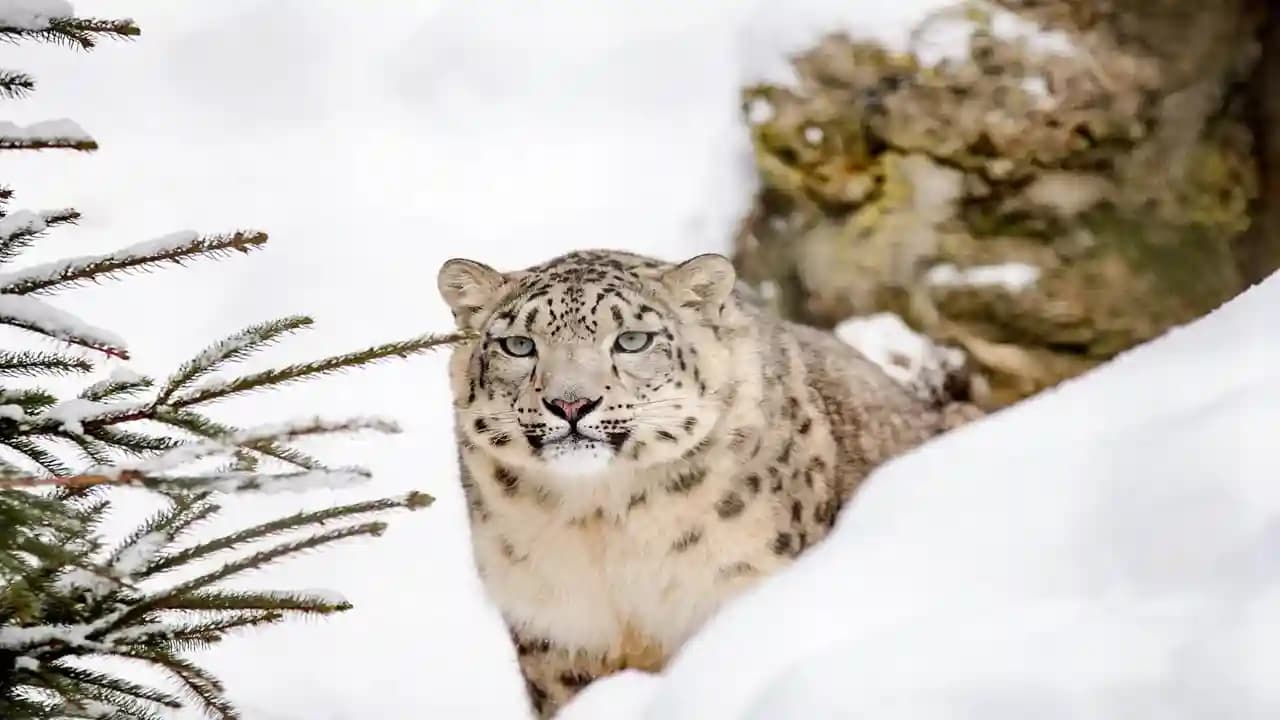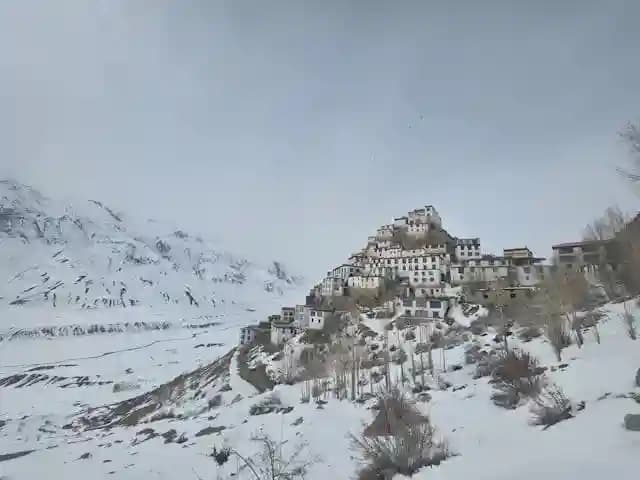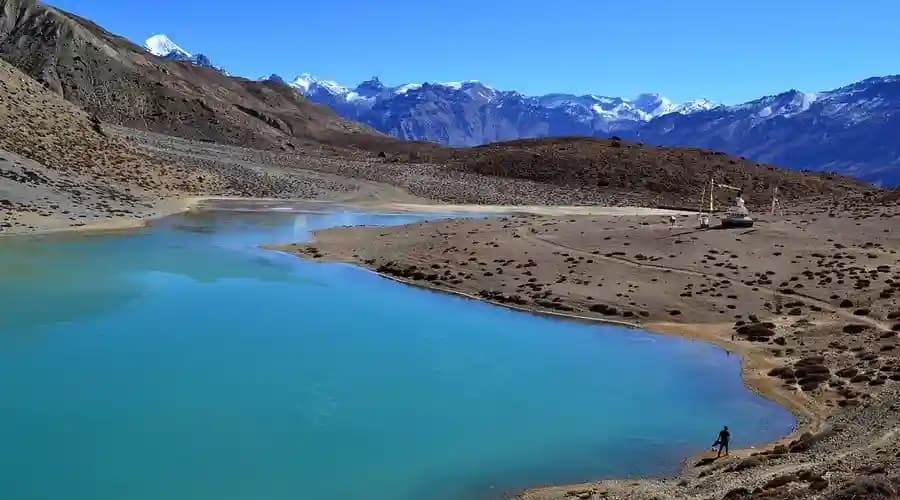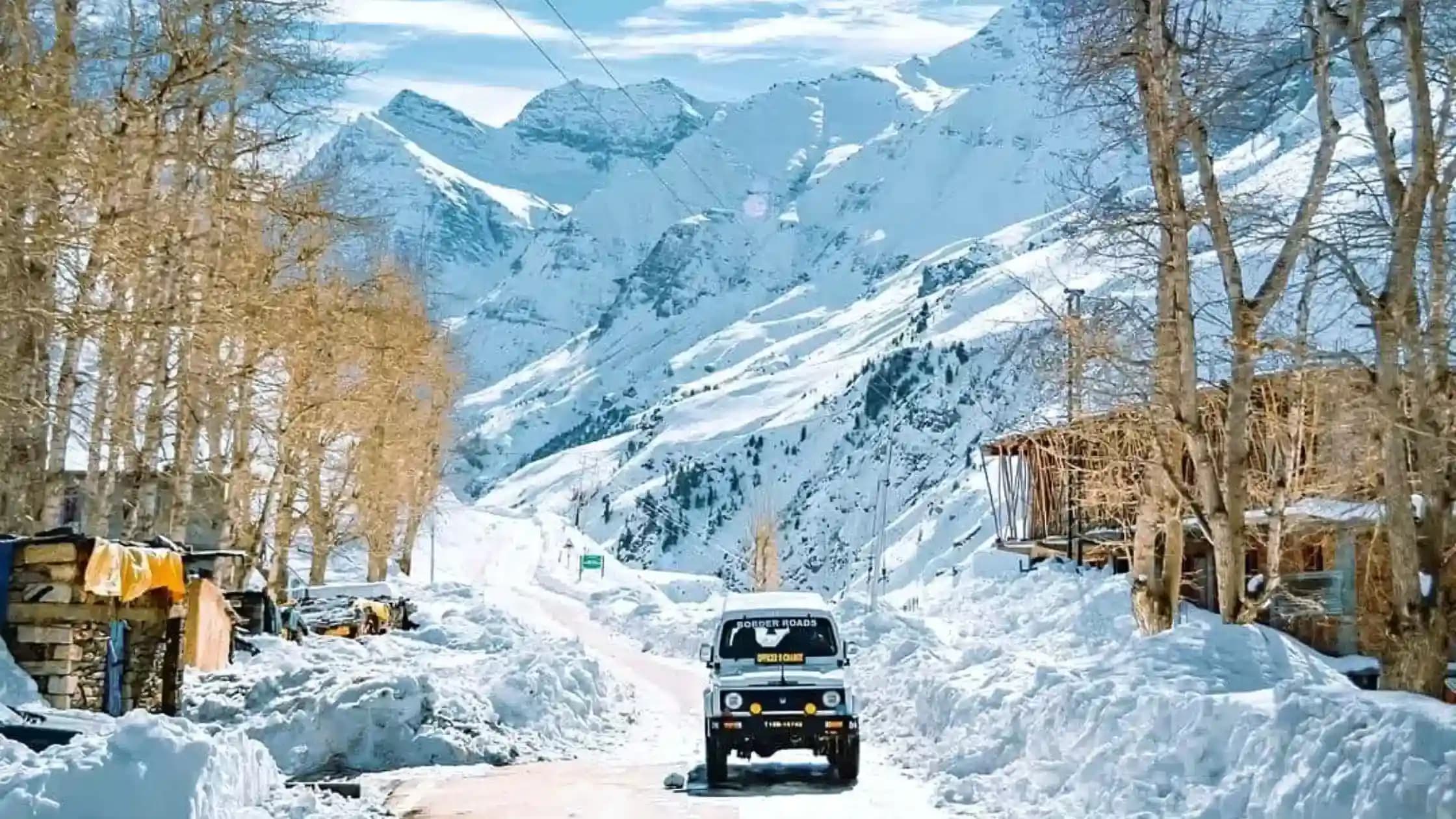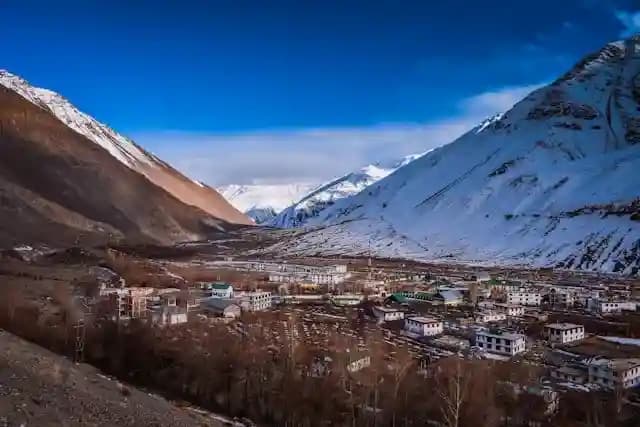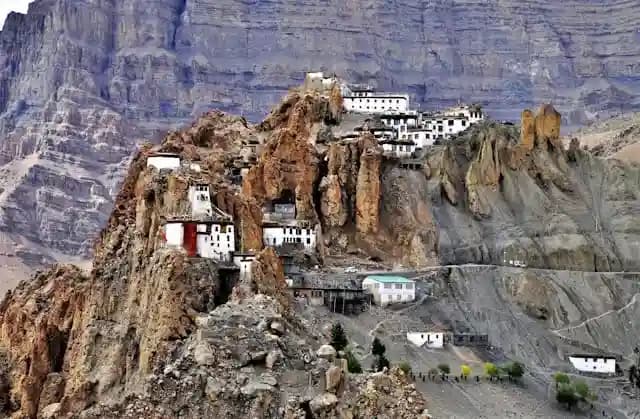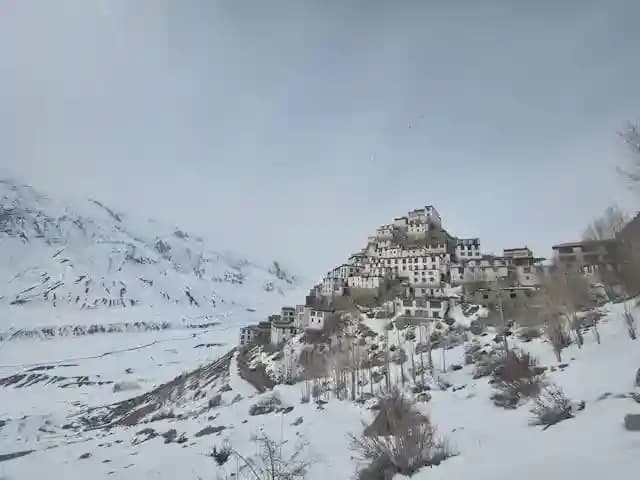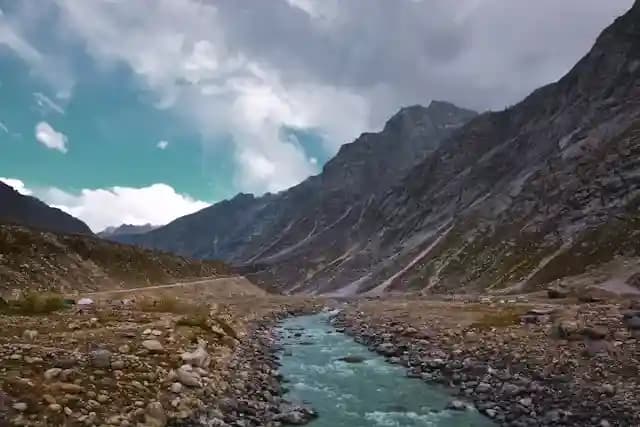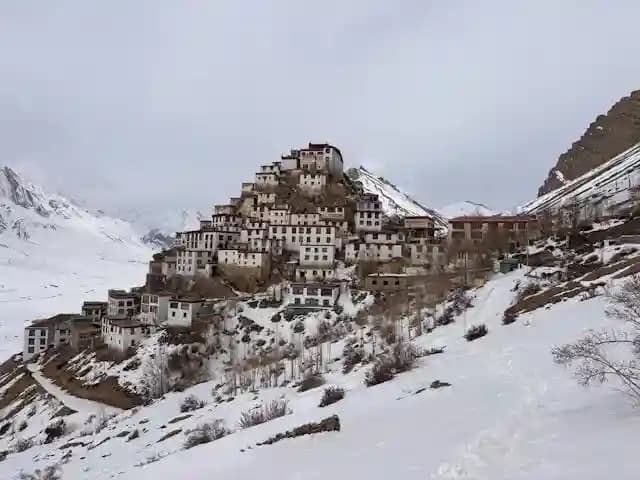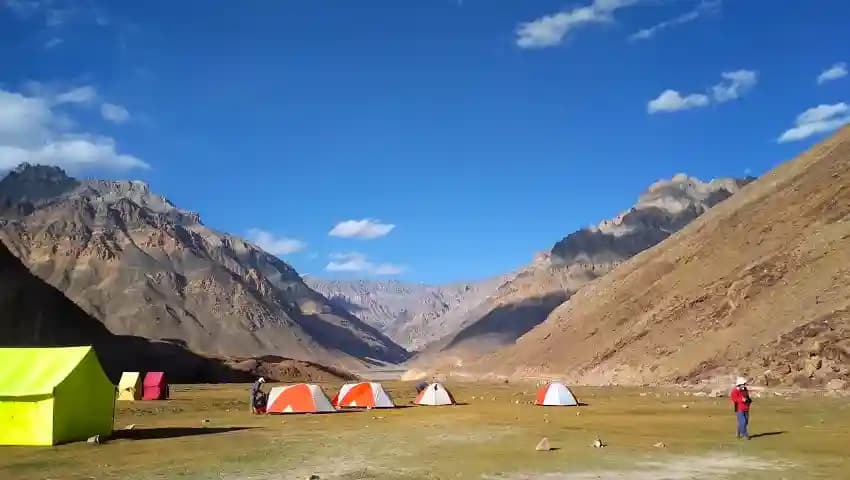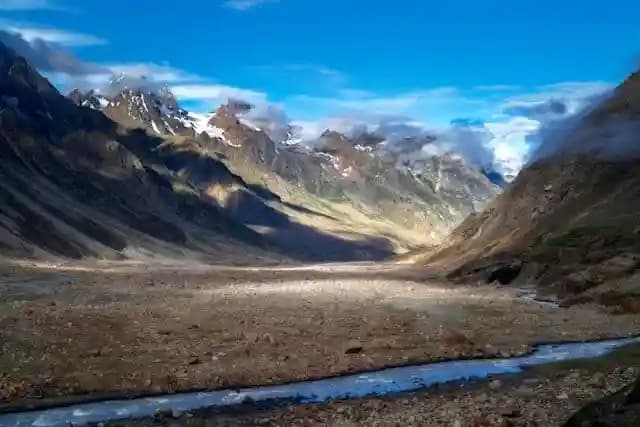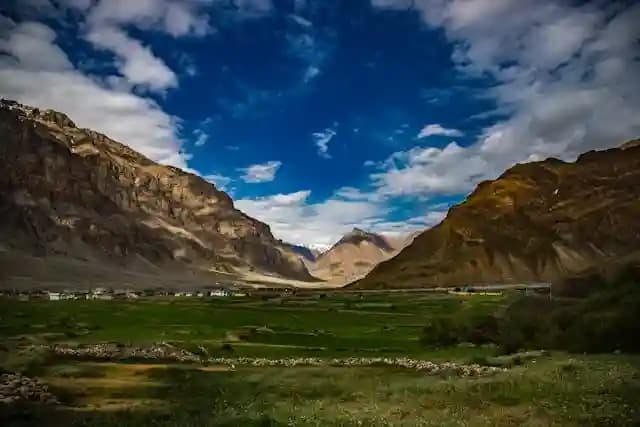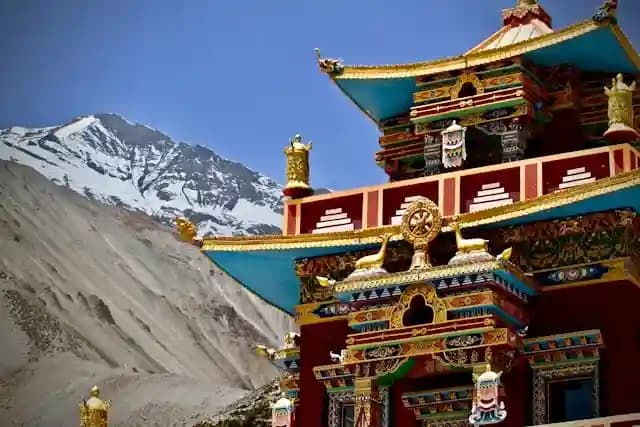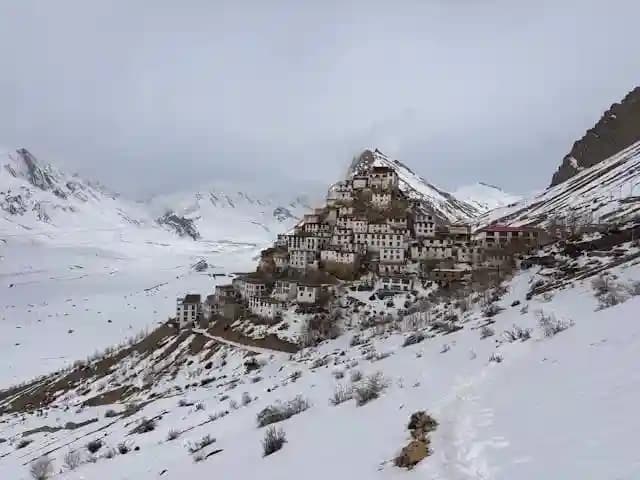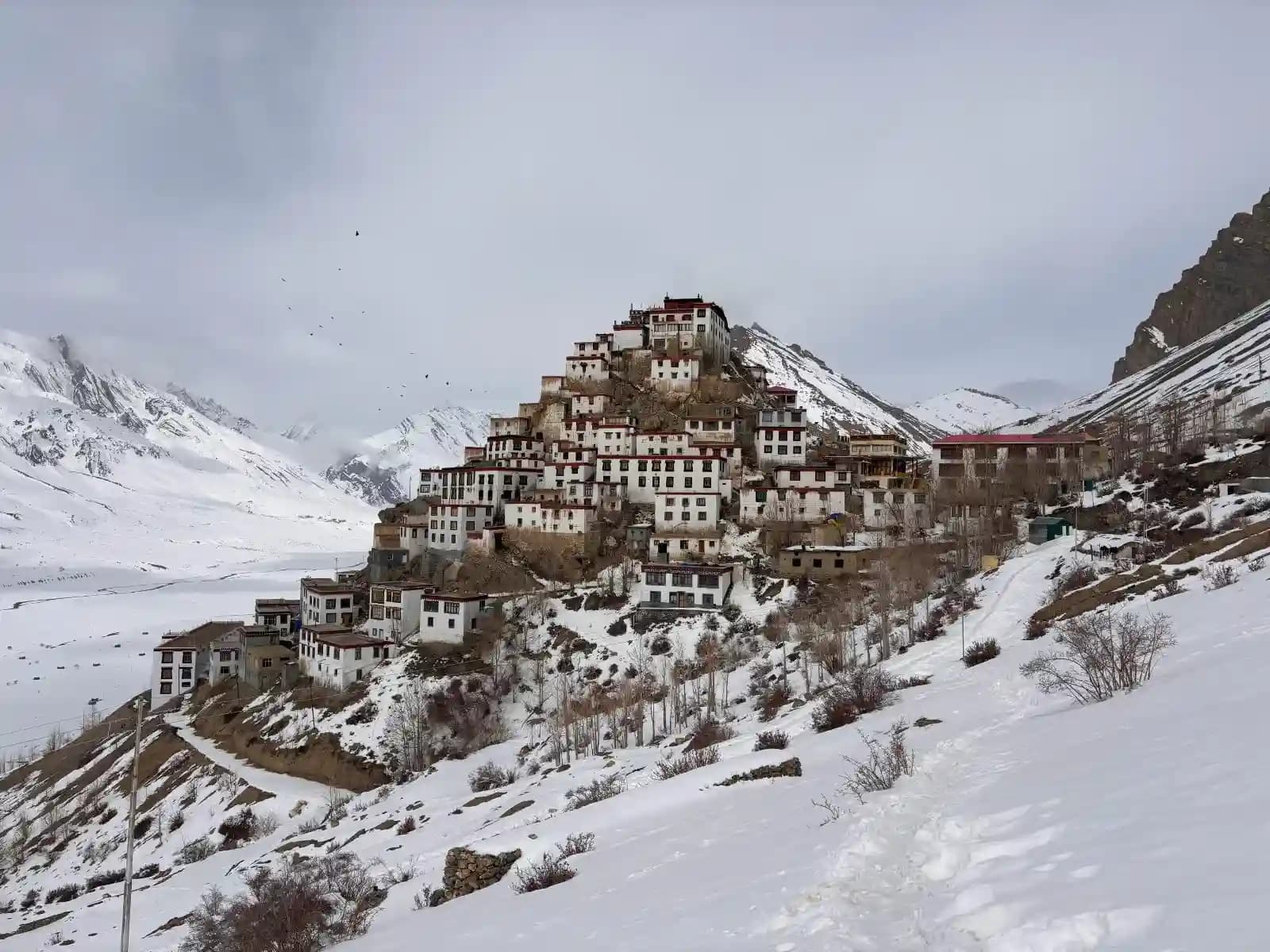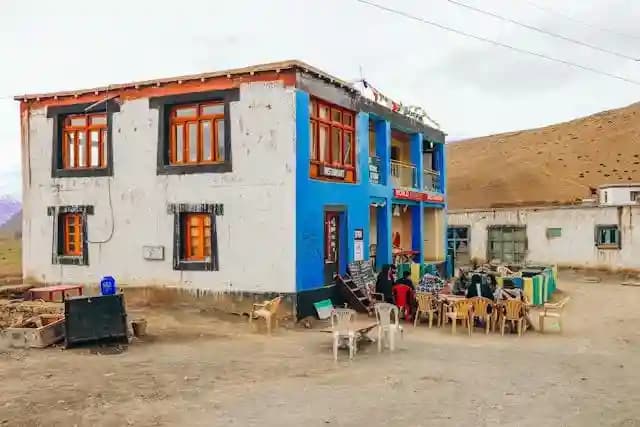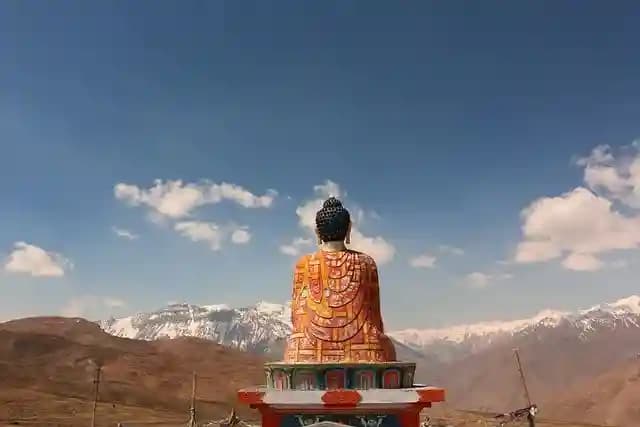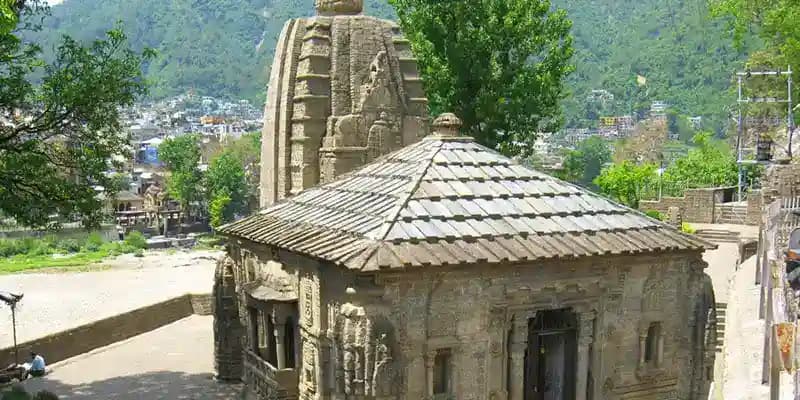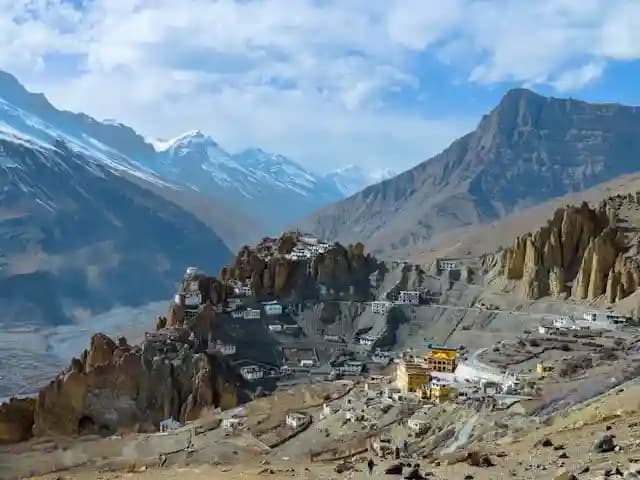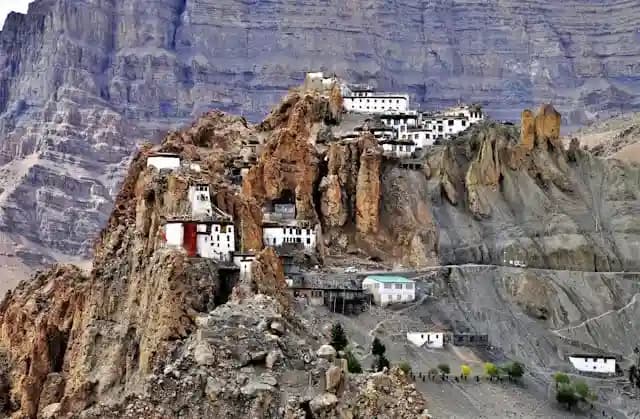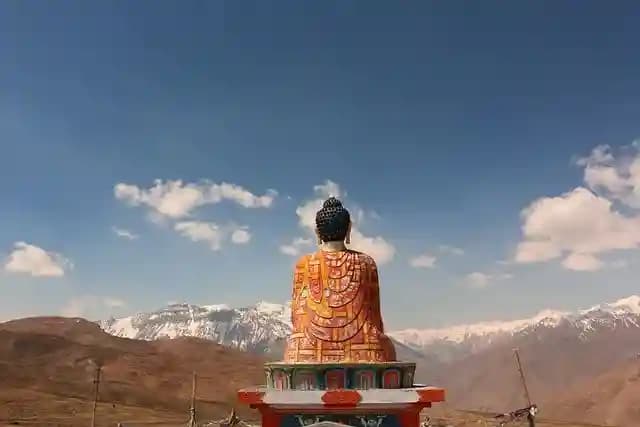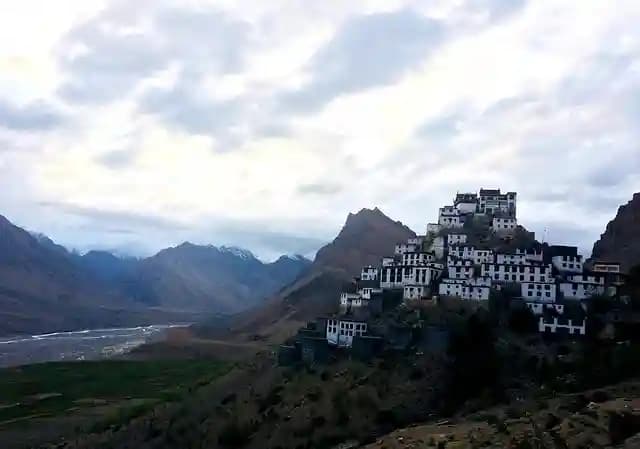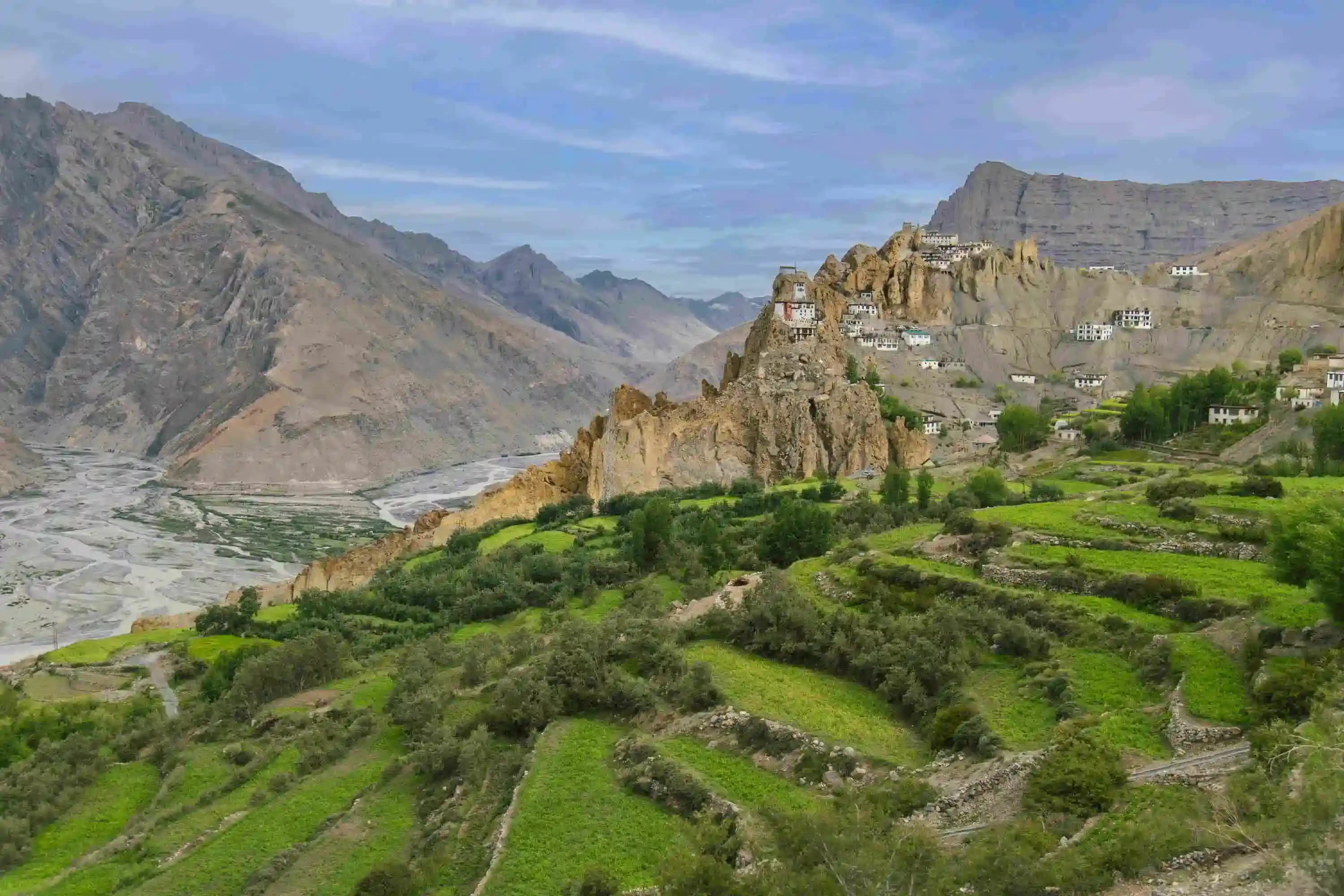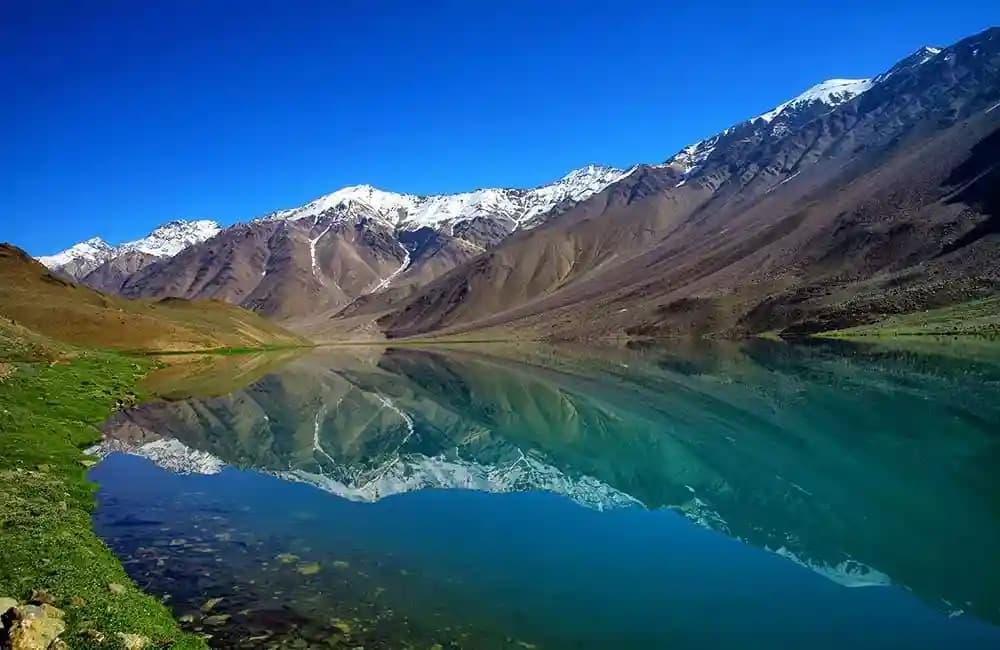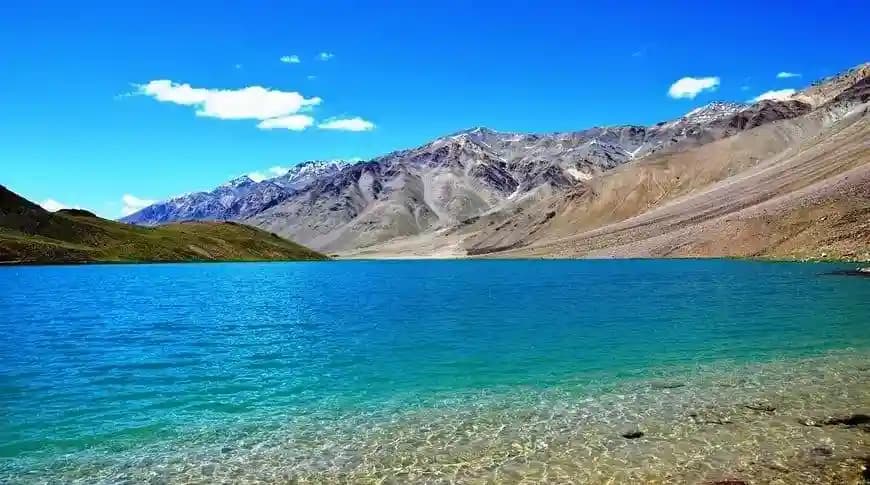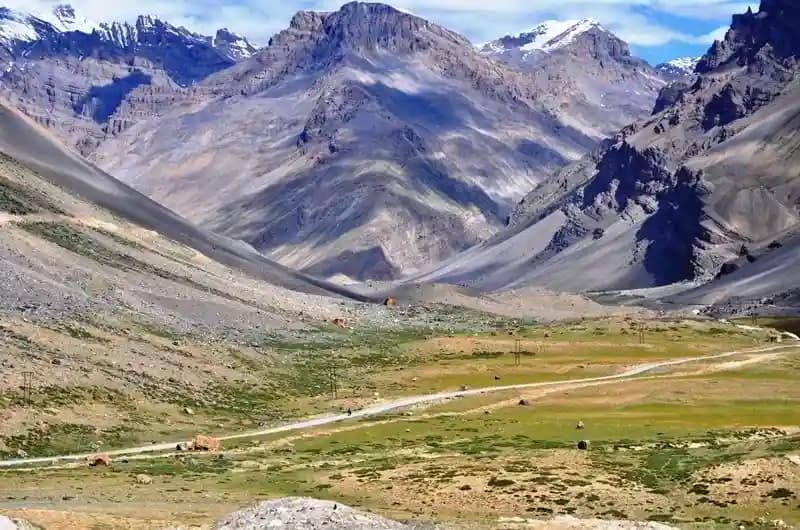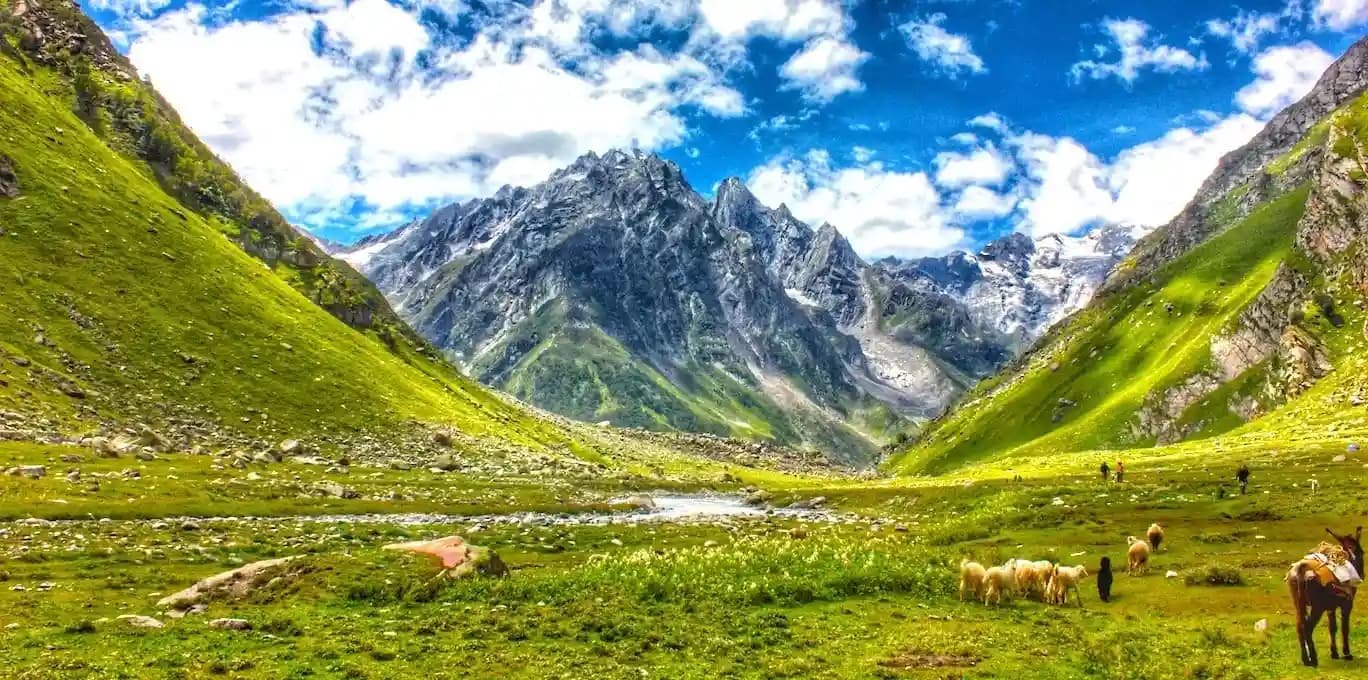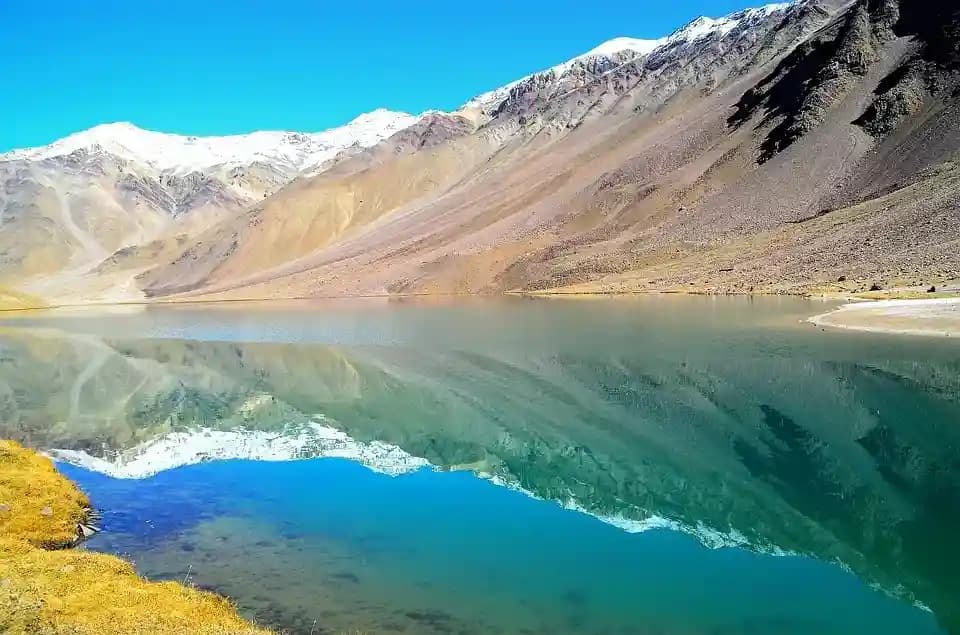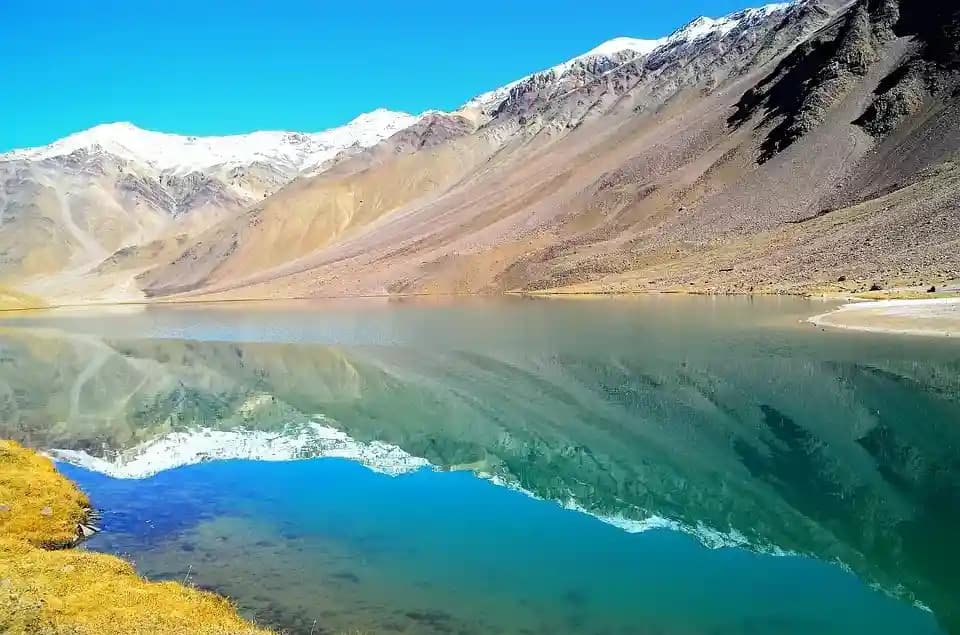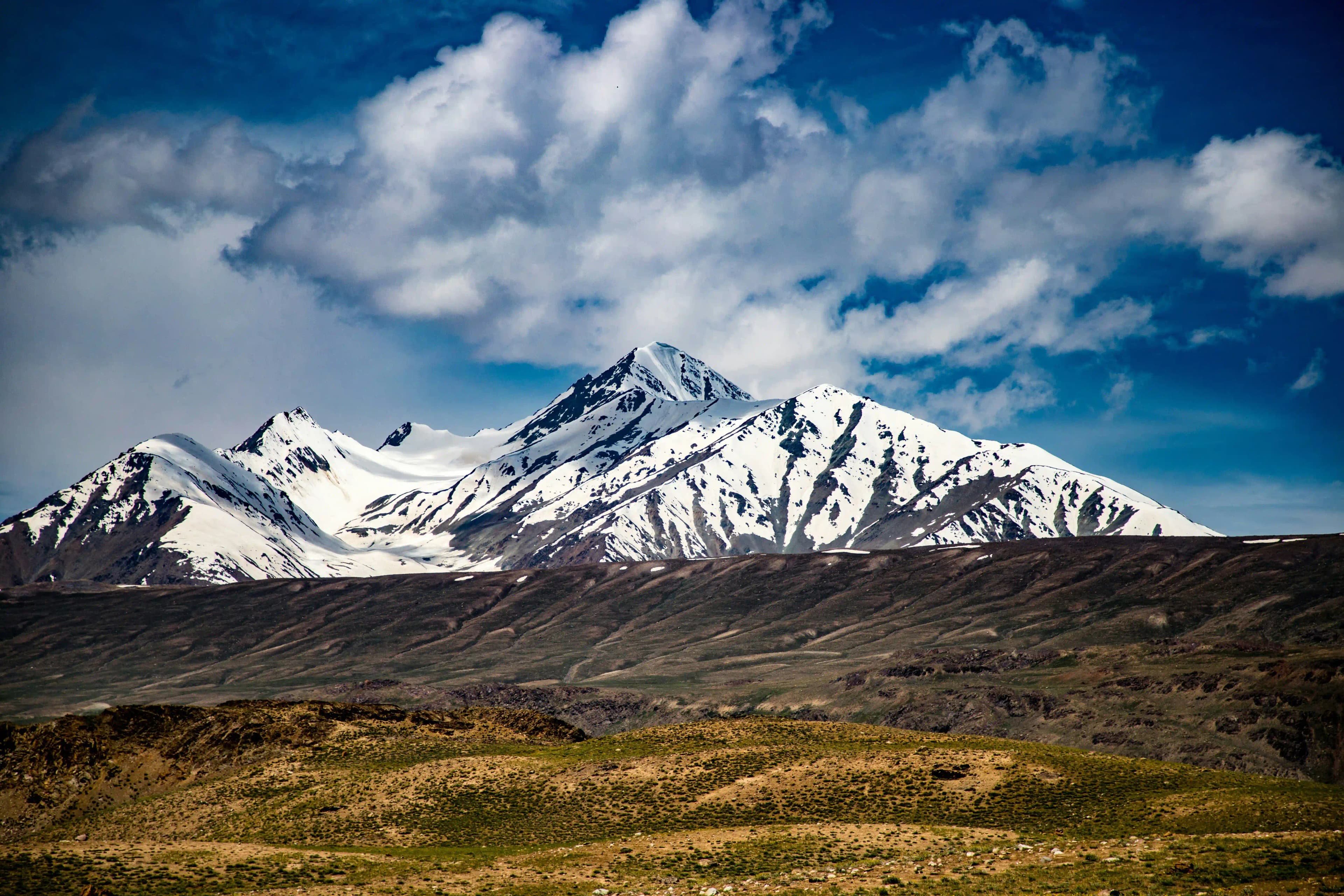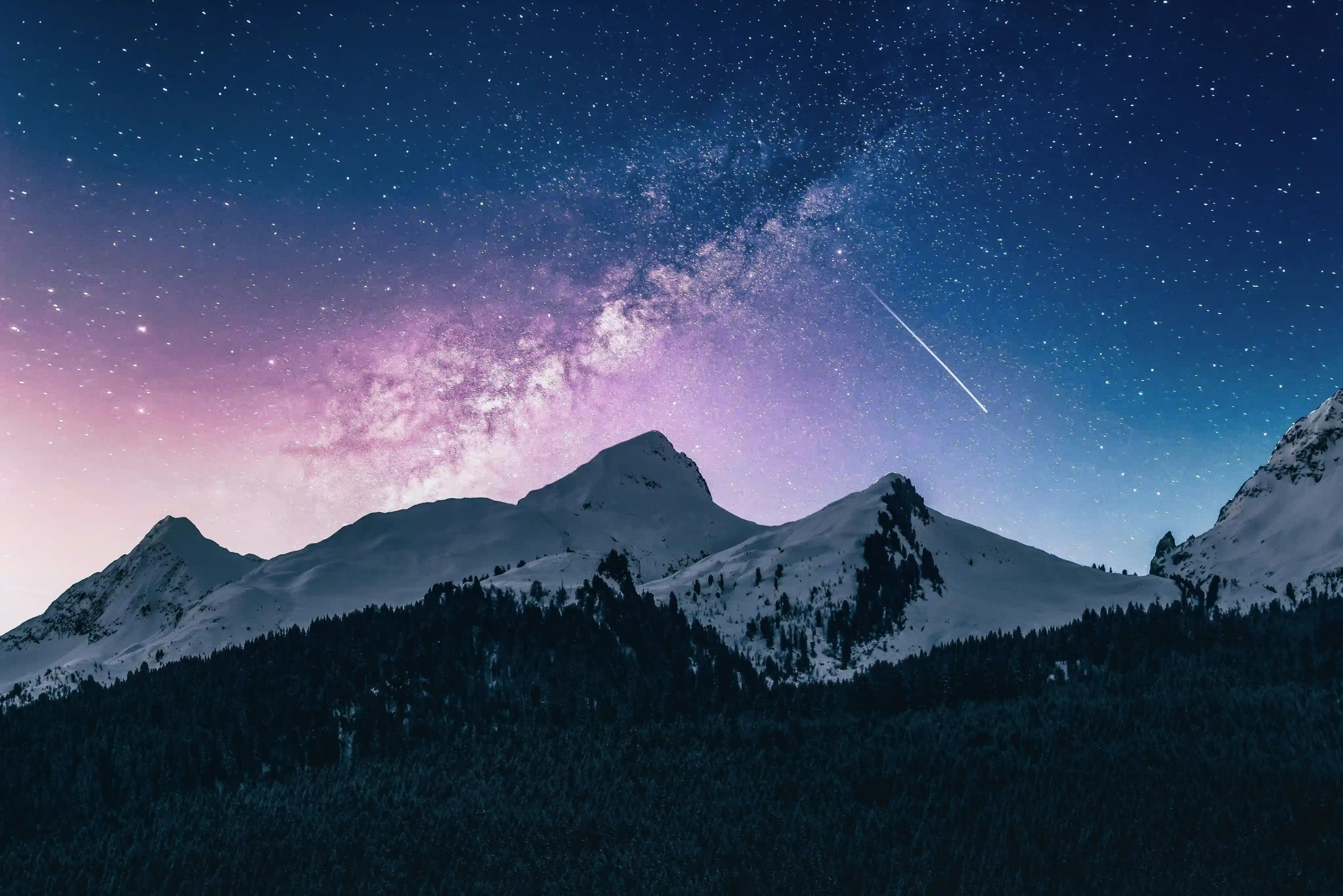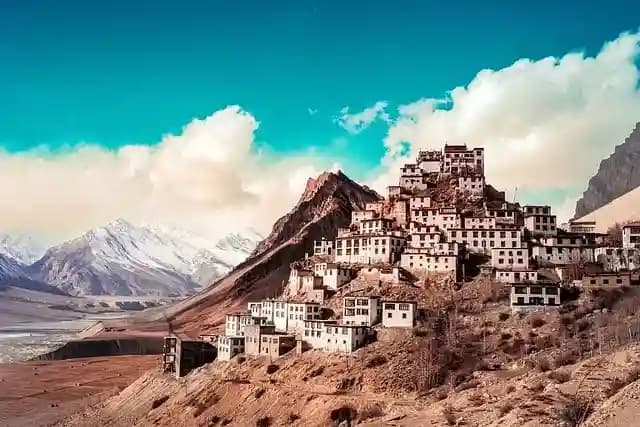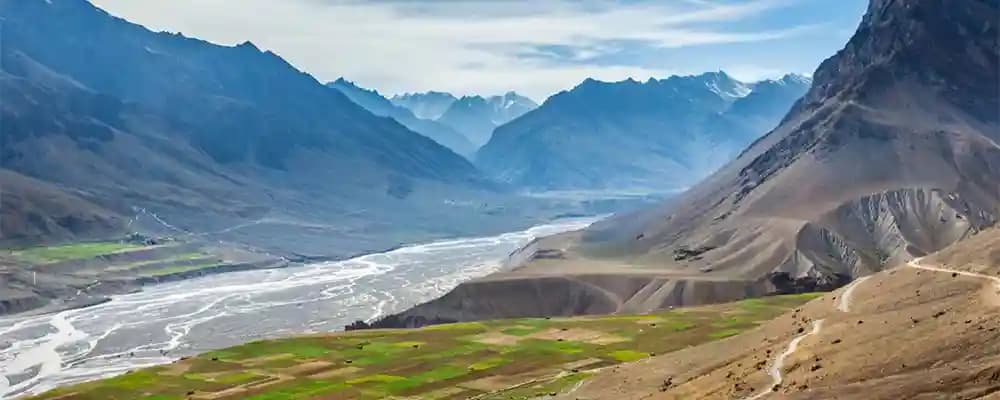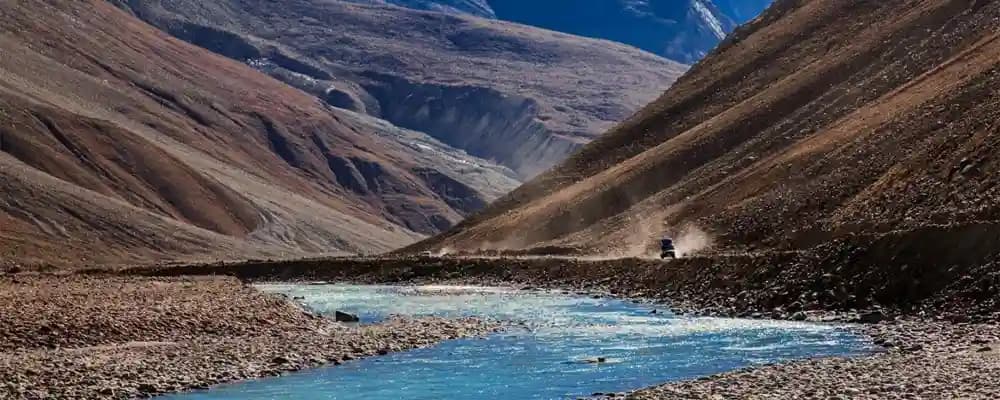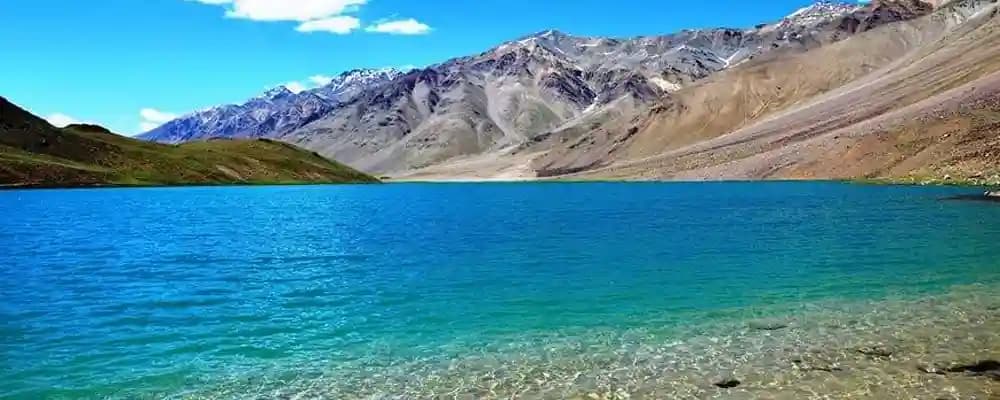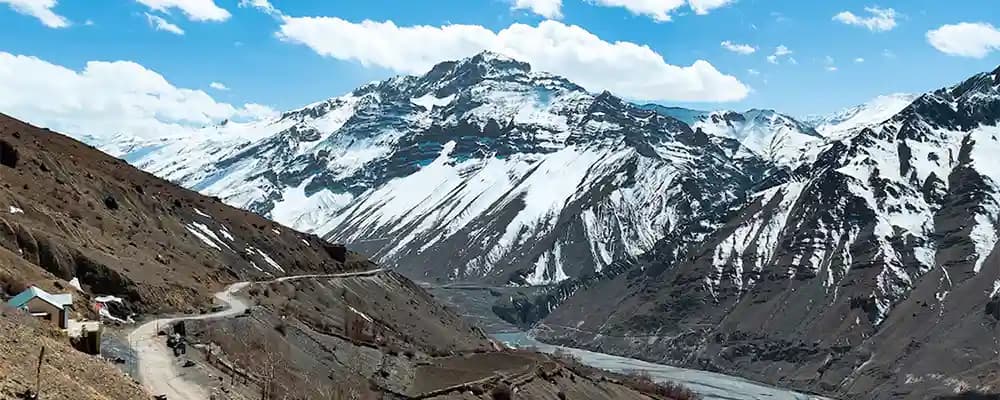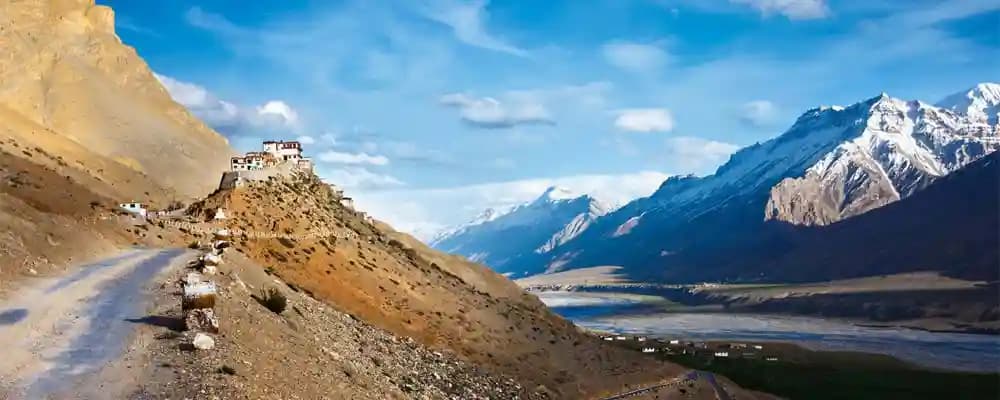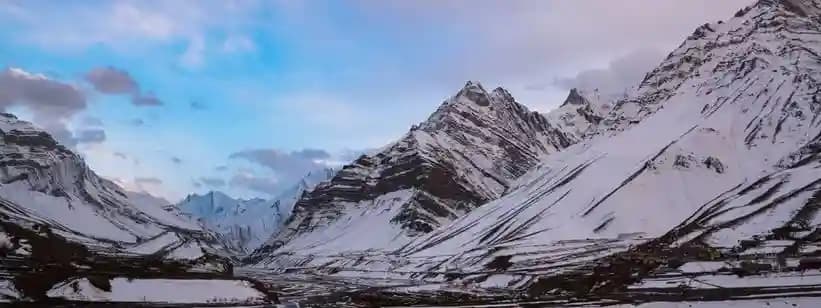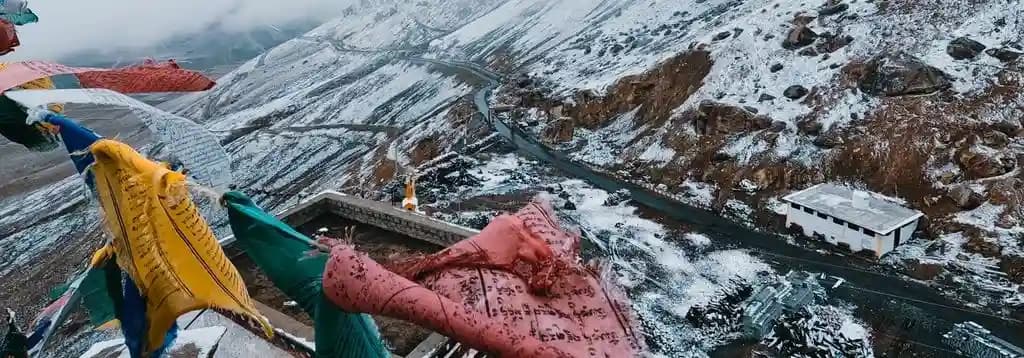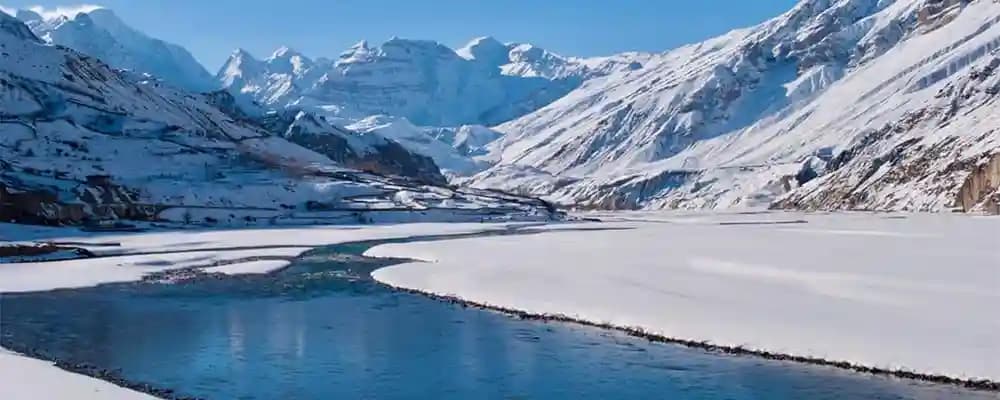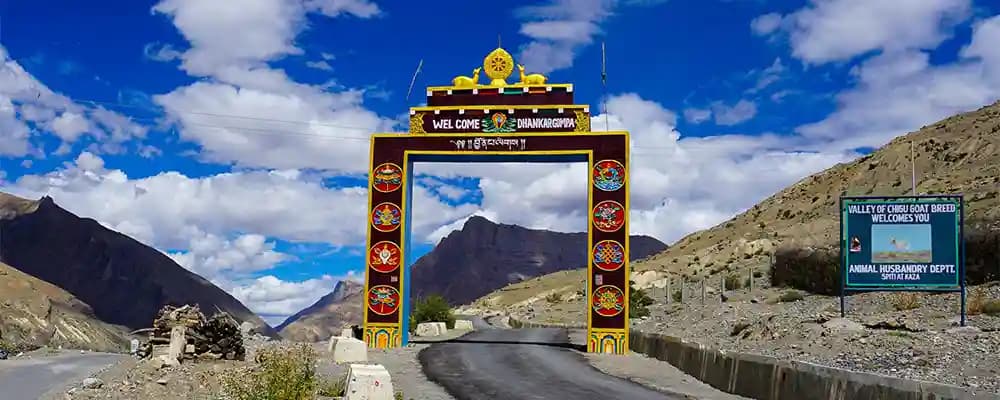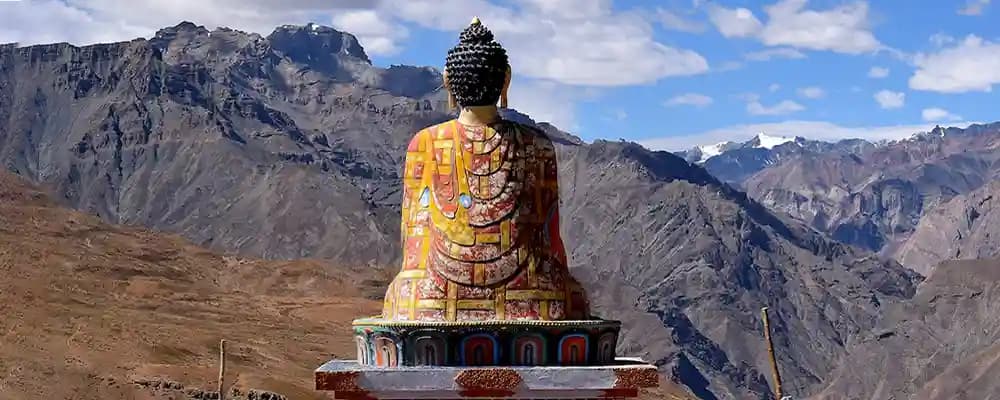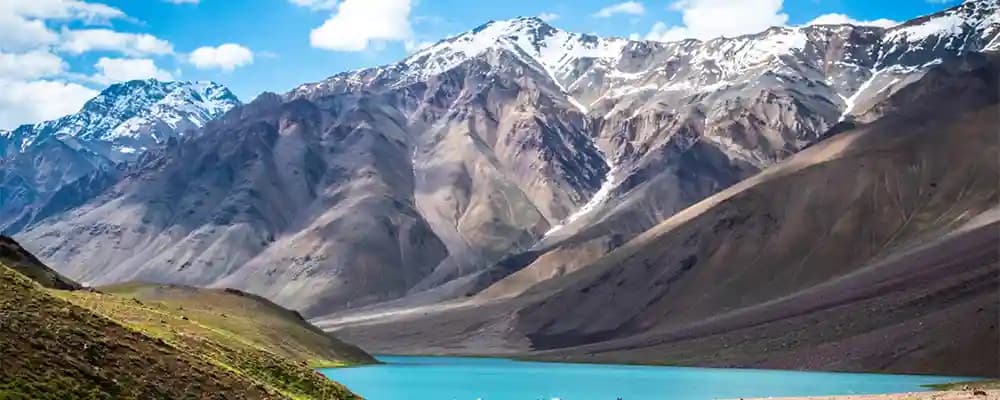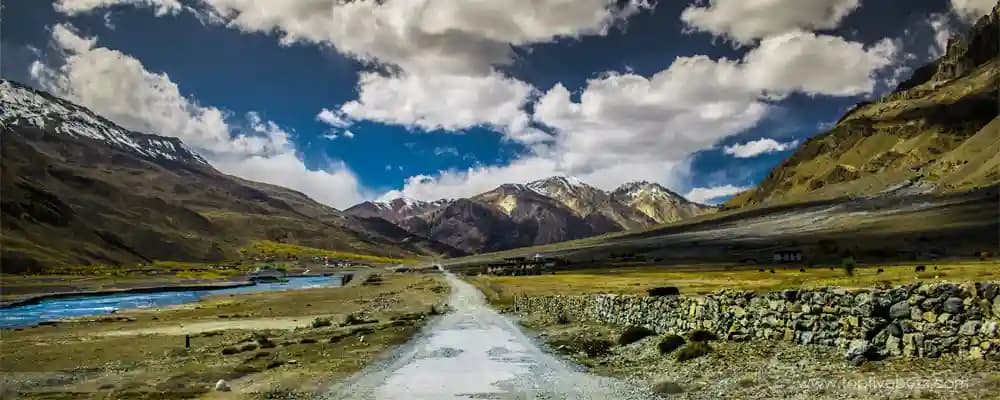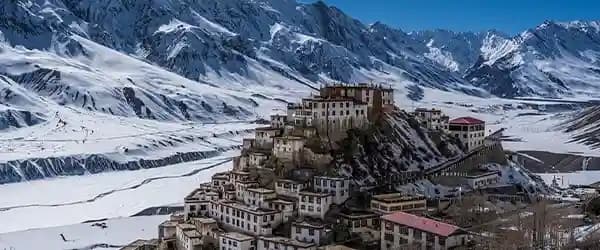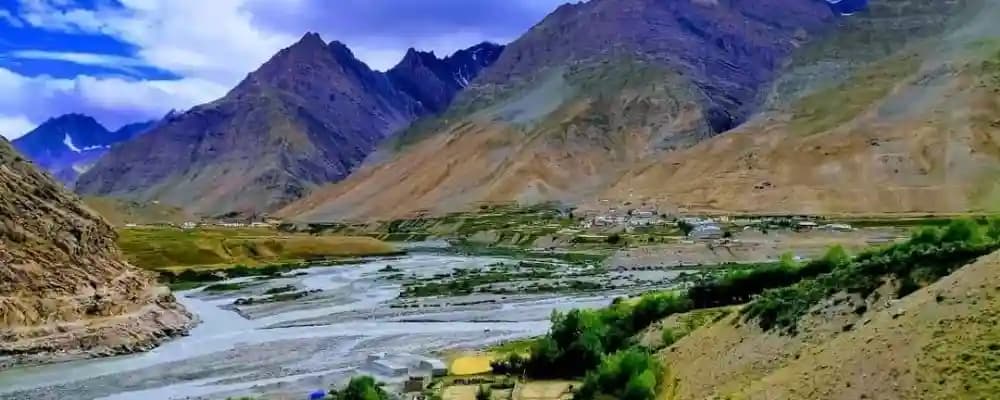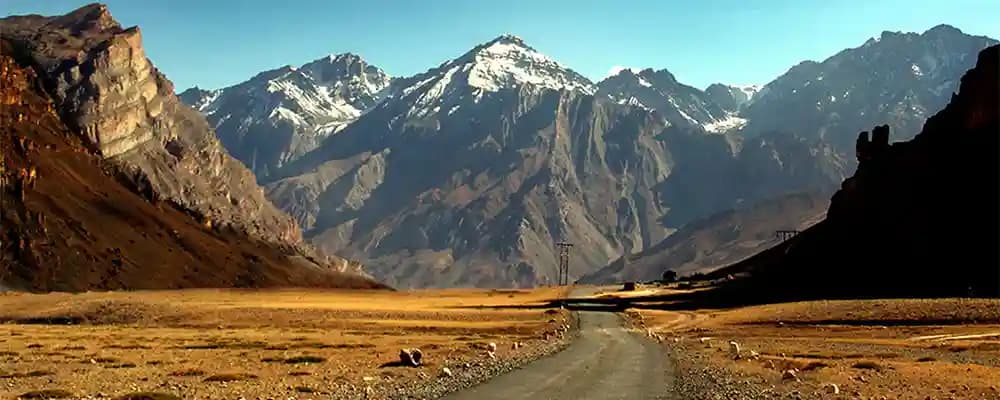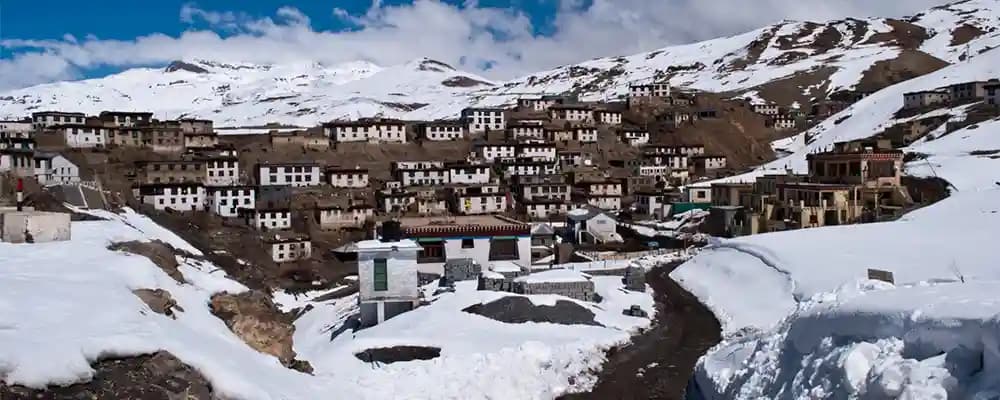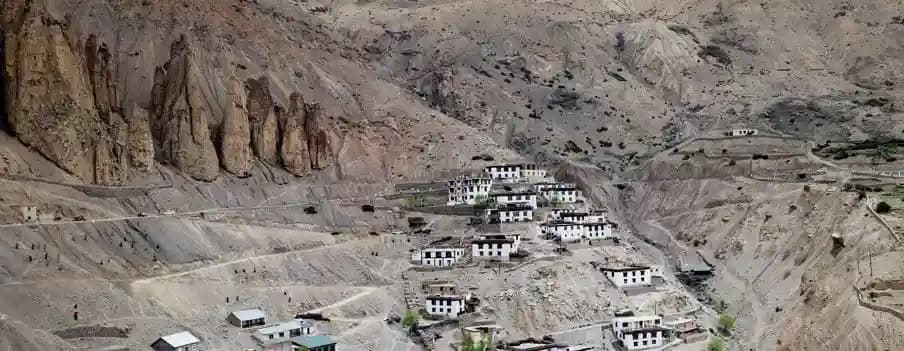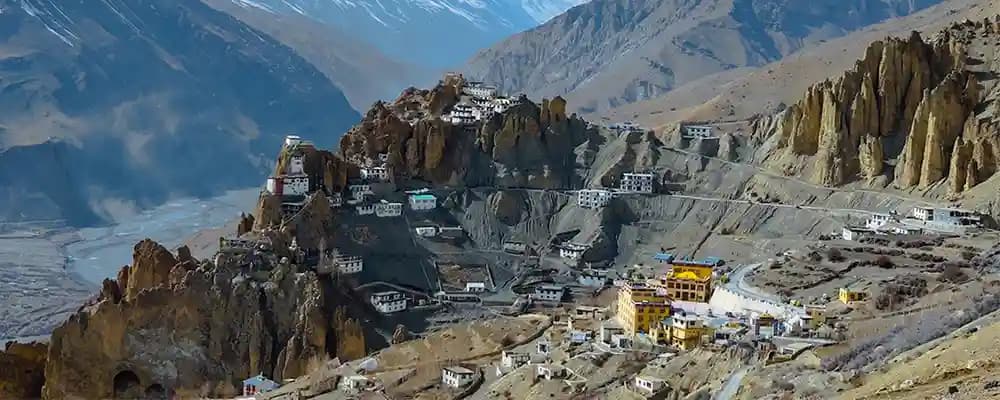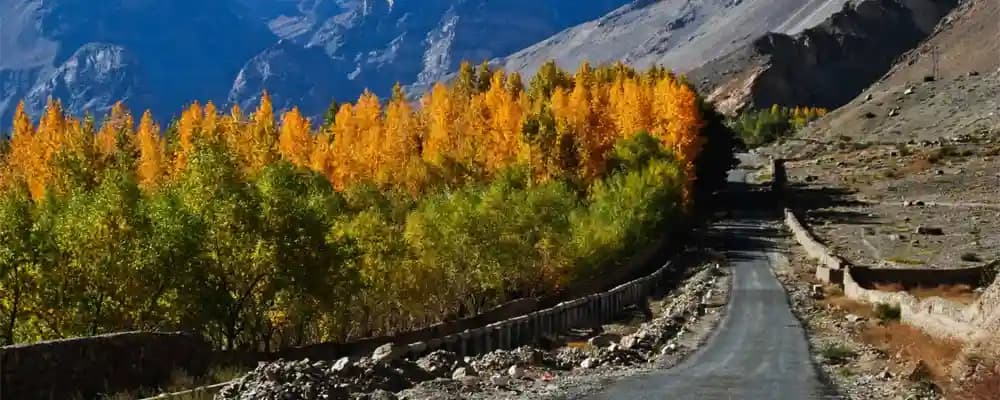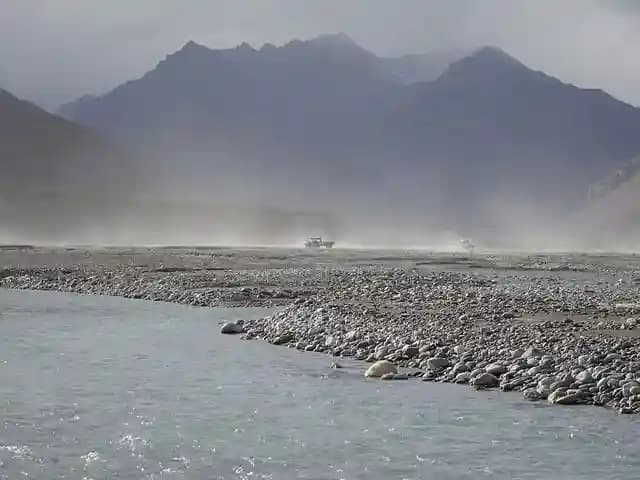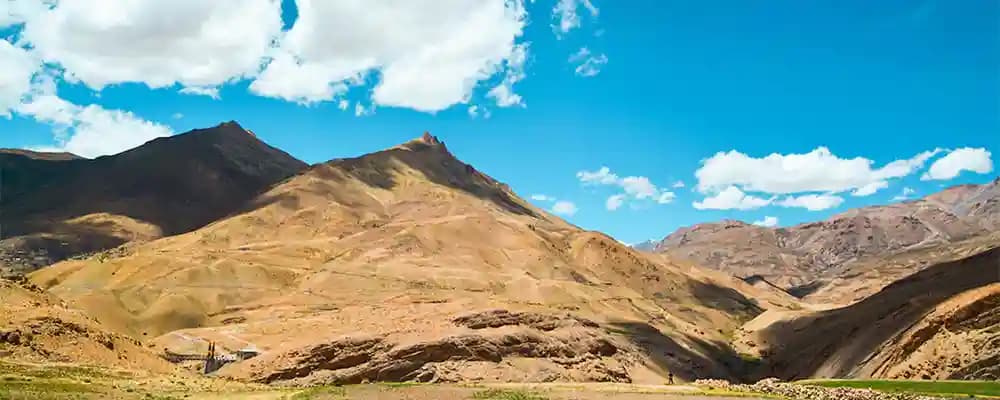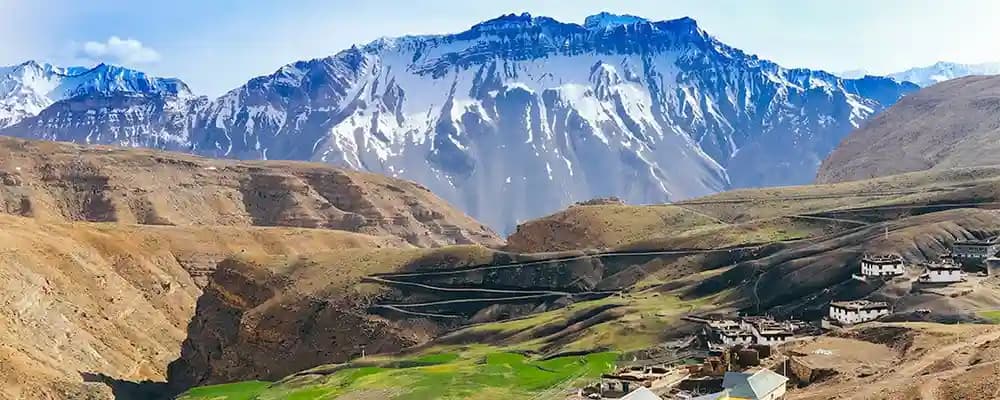The Indian-Tibetan border “Middle Land” territory Spiti Valley attracts enthusiasts of adventure and nature exploration. During the month of March, travelers have a chance to see Spiti Valley covered completely by snow, allowing exploration of unusual and fantastic scenery. Spiti Valley in March offers a unique combination of frozen rivers, secluded villages, and fantastic white landscapes, making it a pristine winter destination for adventurous visitors. People who want adventurous and fulfilling travel will fall deeply in love with Spiti Valley tour packages during the month of March.
Places to visit in Spiti Valley during March
The valley of Spiti enters a remarkable phase in March by moving past its winter apex while displaying its early spring charm with dramatic winter elements. Spiti Valley appeals to travelers during March because of these noteworthy advantages.
1. Key Monastery – The Iconic Tibetan Monastery
Key Monastery is situated at an elevation of 4,166 meters where it stands as the major Buddhist monastery in Spiti Valley. The temple emerges as a mystical stone structure with multiple levels that gains enhanced charm because of its snow-covered appearance in March. Spiritual Buddhism monks visit this site to worship their faith and line its walls with ancient murals together with thangkas and religious manuscripts. Visitors who reach at the top of this viewpoint can see the entire Spiti Valley winter look from above because the Spiti River forms a beautiful path through it with the white snow in the month of March. Visitors must include this peaceful spot as a destination because of its tranquil surroundings and calming atmosphere along with prayer rituals. Travelers can exclusively observe monks performing meditation rituals as part of their spiritual ceremonies in the cold winter months during March in this sacred location.
Location: Near Kaza, Spiti Valley
Duration: 1–2 hours
Entry Fee: Free
2. Kaza – The Heart of Spiti
Kaza functions as the main center for exploring all parts of Spiti valley since it serves as the administrative capital. Due to heavy snow accumulation houses in Kaza become hidden beneath deep layers of white snow while the entire town turns into a snow-covered enchanting white kingdom during March. In spite of its winter hush the settlement maintains a kindhearted residents base which invites travelers into authentic Spitian home stays for feeding them with savory meals alongside steaming hot butter tea. Mountain climbers can experience Spitian society through the colorful flags of Kaza Monastery with its busy market during operating times. The village of Kaza stands as the most welcoming place in Spiti regarding hospitality despite its freezing temperatures as exploring its streets during March brings one-of-a-kind experiences.
Location: Central Spiti Valley
Duration: 1–2 days
Entry Fee: Free
3. Hikkim - World’s Highest Post Office
Located at an elevation of 4,400 meters, Hikkim offers visitors an opportunity to use the world's highest post office to send postcards to their family from this Earth's most distant spot. When March arrives, the village becomes an enchanting vision with deep snow covering everything, creating a magical scene. Spiti Valley in March transforms into a winter paradise, with narrow paths covered in icy surfaces forming an exciting path toward visiting the post office. During the challenging winter conditions, the postmaster operates his duties beyond exceptional by distributing mail from this elevated wonder. In addition to its post office, Hikkim allows visitors to admire snowy mountain vistas and provides opportunities to encounter unique wildlife, including the rare snow leopard.
Location: 16 km from Kaza
Duration: 1–2 hours
Entry Fee: Free
4. Langza – The Fossil Village of Spiti
The prehistoric marine fossils located in Langza at 4,420 meters above sea level serve as proof that Spiti was once submerged beneath the Tethys Sea millions of years back. Visitors to Langza enjoy the sight of its magnificent golden Buddha statue that stands out during March because of the surrounding snow-covered landscape. The extreme winter weather conditions make Langza remain isolated because only a few families choose to endure the harsh seasons in the village. In Langza visitors can enjoy remarkable vistas of the Chau Chau Kang Nilda peak and the unique landscapes have transformed this area into a perfect location for photographers. The lucky traveler who visits will get the opportunity to observe local villagers leading you toward hidden ancient fossils discovered beneath the snow.
Location: 14 km from Kaza
Duration: 2–3 hours
Entry Fee: Free
5.Chandratal Lake – A Frozen Marvel
During most of winter the Moon Lake known as Chandratal lake becomes inaccessible because heavy snowfall covers the area. During late March the crescent-shaped lake emerges from beneath melting ice because snowfall intensity begins to lessen. This creates an extraordinary sight for visitors who manage to visit it. Adventure seekers find the incomparable view of the frozen surface enhanced by towering white peaks to be an ideal destination. Only trekking is possible to reach the lake since Kunzum Pass remains closed during March development. People who manage to reach this location will be compensated with unspoiled Himalayan mountain vistas.
Location: 90 km from Kaza (Accessible only via trekking in March)
Duration: 1–2 hours
Entry Fee: Free
6. Dhankar Monastery – A Snow-Clad Spiritual Retreat
Dhankar Monastery rests at 3,894 meters on a dangerous cliff and stands among the most beautiful celibate houses in Spiti. During March the monastery emerges as an otherworldly site due to the heavy snow that encases its location. The spirituality of the monks praying every day at this location remains visible to visitors during their observance of the populace living peacefully through harsh winter conditions. The monastery maintains an old and sacred treasure of Buddhist scriptures and visual artwork together with statues that hold immense value for Tibetan Buddhism. Travelers seeking adventure can explore the secluded Dhankar Lake by taking a demanding walking path from the nearby areas across the snowy ground.
Location: 34 km from Kaza
Duration: 2–3 hours
Entry Fee: Free
7. Tabo Monastery – The Ajanta of the Himalayas
One of the most significant Buddhist sites in Spiti Valley in March is the Tabo Monastery which exists as an ancient establishment exceeding 1,000 years. This Himalayan monastery embraces a valley position as people call it the Ajanta of the Himalayas because of its historic murals and wall art. During March the Tabo Monastery becomes a welcoming refuge for travelers who want to wander through its holy grounds in the middle of the frozen wilderness. A combination of mud-brick structures harmoniously merges with the white environment which results in a charming outlook. The home monks in the establishment warmly welcome all visitors and frequently invite them to practice meditation or engage in chats about Buddhist spiritual teachings.
Location: 47 km from Kaza
Duration: 2–3 hours
Entry Fee: Free
8. Pin Valley National Park – A Frozen Wilderness
The rare snow leopard dwells within Pin Valley National Park which provides wildlife enthusiasts with their perfect destination during their March Spiti tour. Snow blankets every surface of the park and creates a tranquil white scene where wildlife traces remain minimal. Ibex blue sheep along with foxes form a small population of species that survive because they have adapted to the severe wintry conditions. Adventure seekers find the setting marvelous because rugged cliffs and deep valleys create breathtaking views together with frozen rivers. You can visit the several small villages in Pin Valley to experience genuine Spitian culture and friendly hospitality even as the temperatures persist in the deep freeze.
Location: 50 km from Kaza
Duration: 3–4 hours
Entry Fee: Free
How to Reach Spiti Valley in March?
While you are planning for a Spiti Backpacking trip it is essential to know the best mode of transportation according to you. Let’s know the mode of transport for a trip to Spiti.
The single accessible road for March travel enters through Shimla – Reckong Peo – Kaza. Heavy snowfall conditions keep the Motorable route that begins at Manali and continues through Rohtang Pass and finally reaches Kunzum Pass permanently shut.
You need to use road transportation to reach Bhuntar Airport (near Kullu) although this airport acts as the nearest airport for this destination.
From Shimla Railway Station passengers must proceed with ground transportation until their destination.
Things to Do in Spiti Valley in March
There are various things to do in Spiti Valley in March. Let’s know some of them in this blog:
1. Experience a Snowy Road Trip
The March expedition toward Spiti Valley presents adventurous challenges because the winding routes become shielded by snowfall and possess icy slopes and suspended rivers. Tourists can access Spiti Valley through the Shimla-Kinnaur route because the Manali route has been blocked by heavy snowfall.
2. Explore Frozen Waterfalls and Rivers
In March Spiti allows visitors to view natural ice creations formed by frozen waterfalls and rivers as they stand in time. The partially frozen state of Spiti River enhances the unique magic that surrounds the valley.
3. Enjoy Local Spitian Hospitality
During March homestays in Spiti actively provide their most generous reception for visitors. Experience night Spiti Valley while enjoying Tibetan butter tea alongside traditional thukpa and momos while staying comfortable by the Bukhari (wood stove).
4. The opportunity for winter trekking as well as multiple snow-based activities exists.
Energetic travelers who visit Spiti Valley can embark on exciting winter trekking routes and snow hikes while also taking photography excursions in the freezing landscapes.
Conclusion
People who love adventurous experiences and want to spend time alone will find great value in exploring Spiti Valley during March despite its challenging conditions. Travelers experience an exceptional journey through Spiti Valley because of its untouched landscapes and monastery ice coverings and frozen rivers and friendly local hospitality. The dreamlike Himalayan retreat that Spiti Valley provides in March becomes accessible to adventurous offbeat travelers who are also able to manage the snow conditions.
FAQs
1. Is it safe to visit Spiti Valley in March?
You can access Spiti Valley in March although you need to equip yourself with extreme cold weather and road preparedness. Visitors should take the travel path from Shimla to Kinnaur since the Manali route remains inaccessible.
2. Will I find accommodation in March?
Homestays together with accommodations in Kaza villages remain operational to provide proper guest services to visitors.
3. Can I drive my own vehicle to Spiti in March?
Myrtle Valley road trips require professional driving skills because of hazardous weather conditions. A 4x4 vehicle together with snow chains serves as the recommended choice of transportation.
